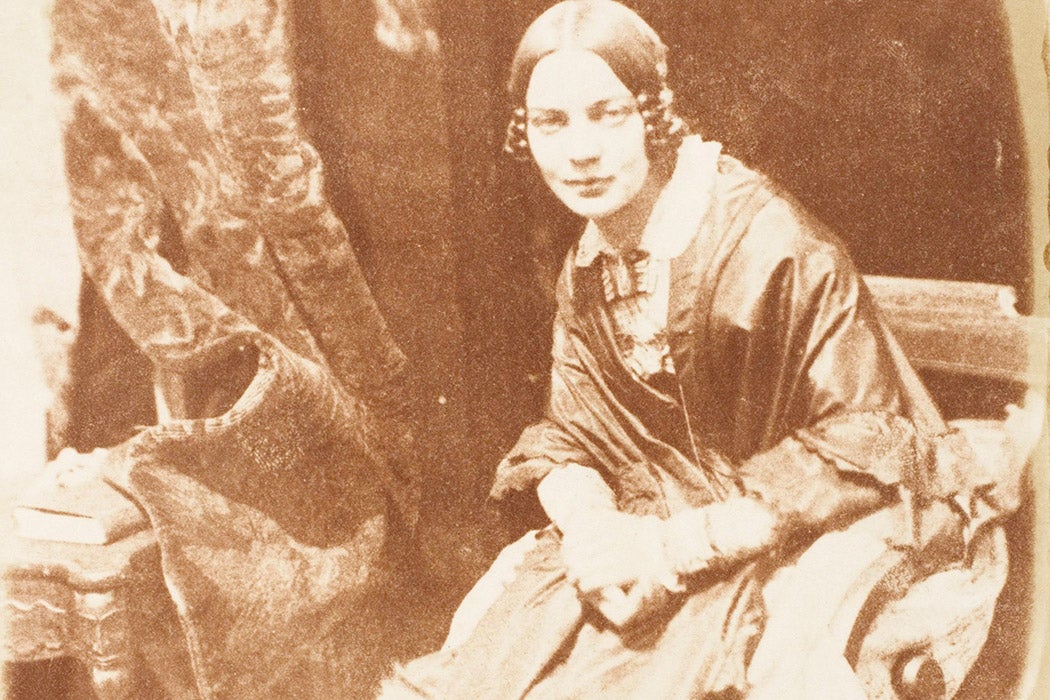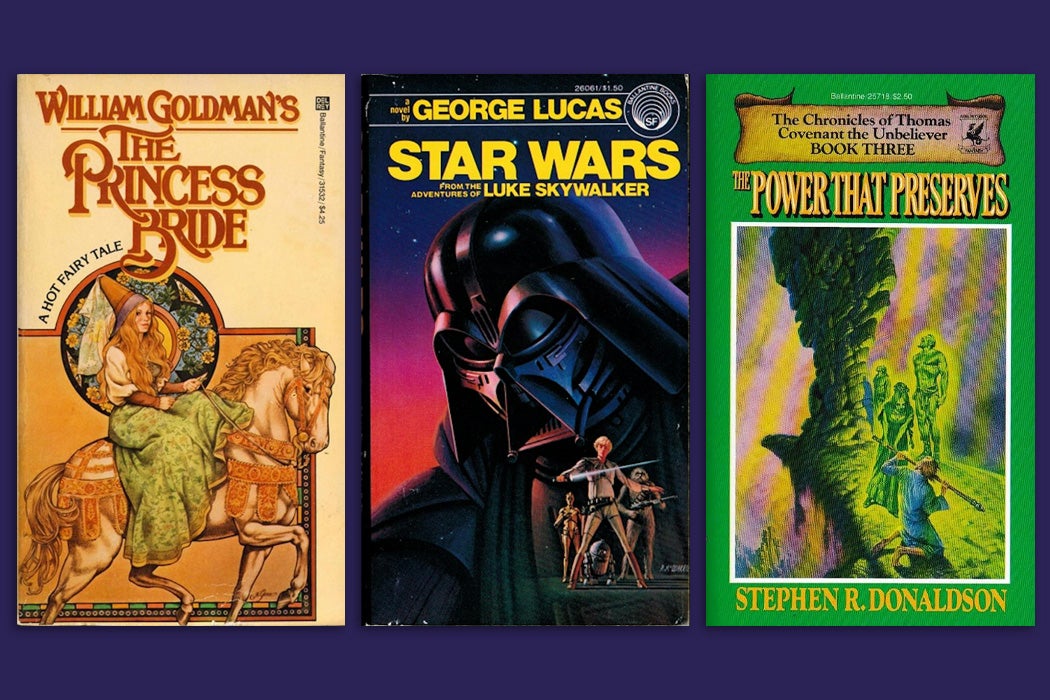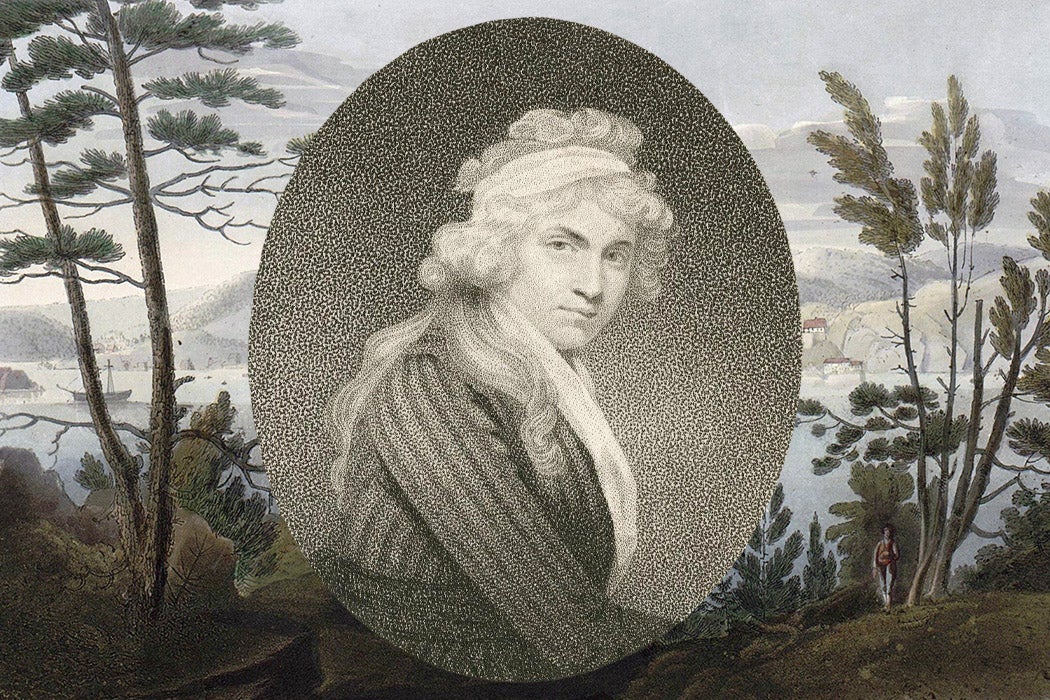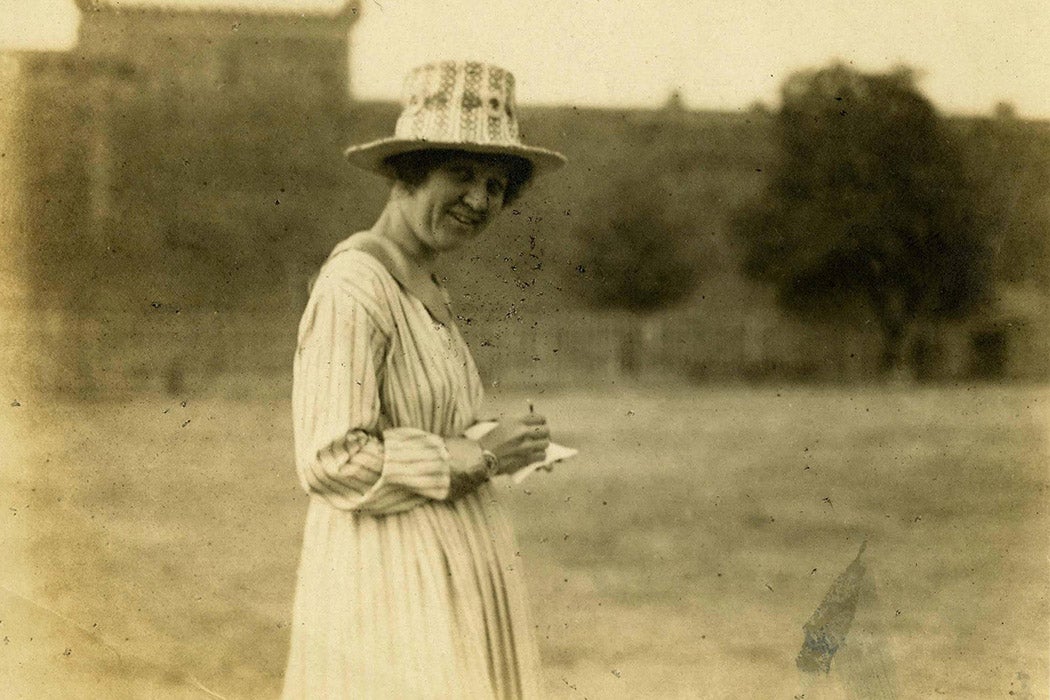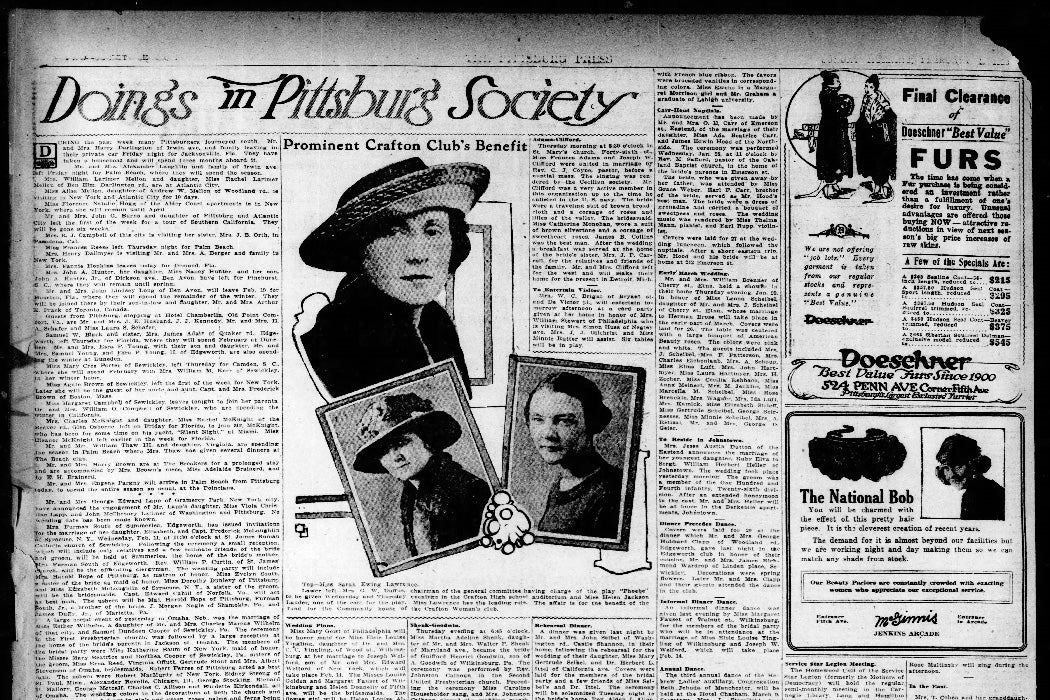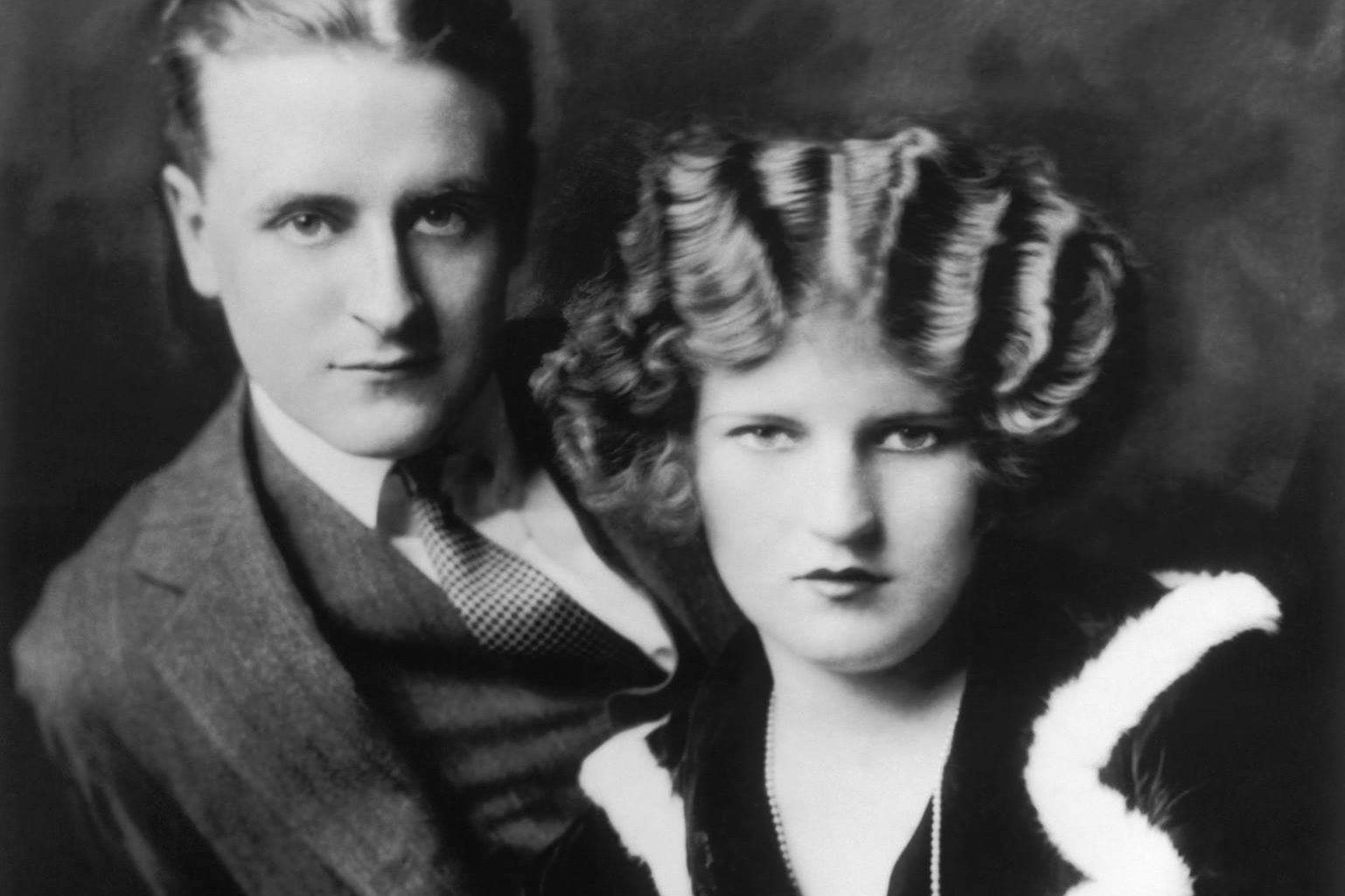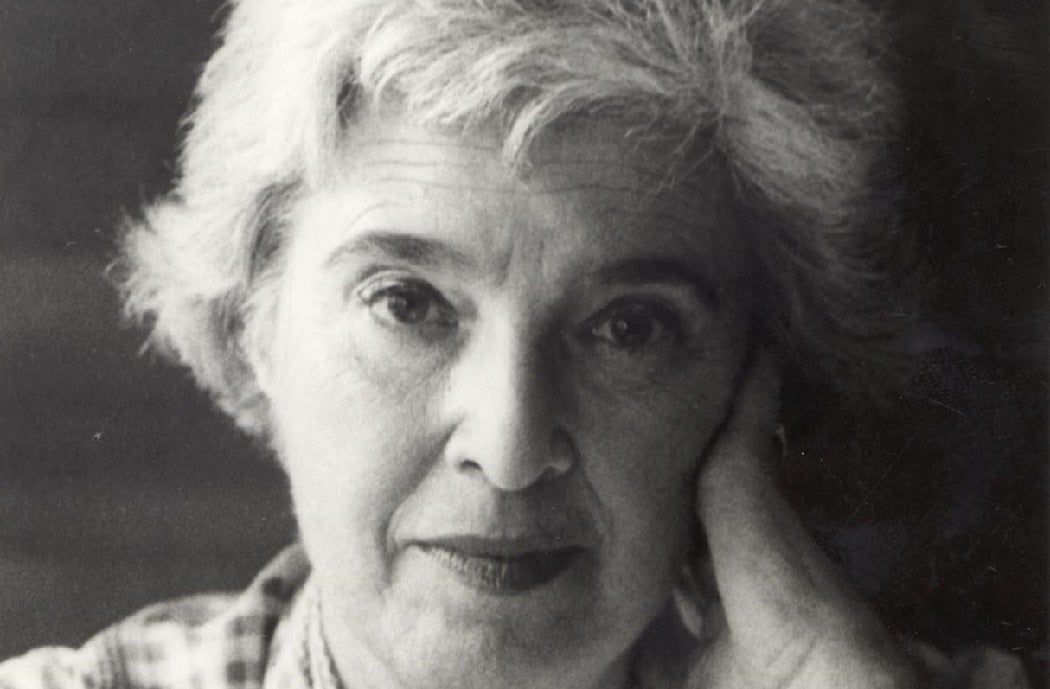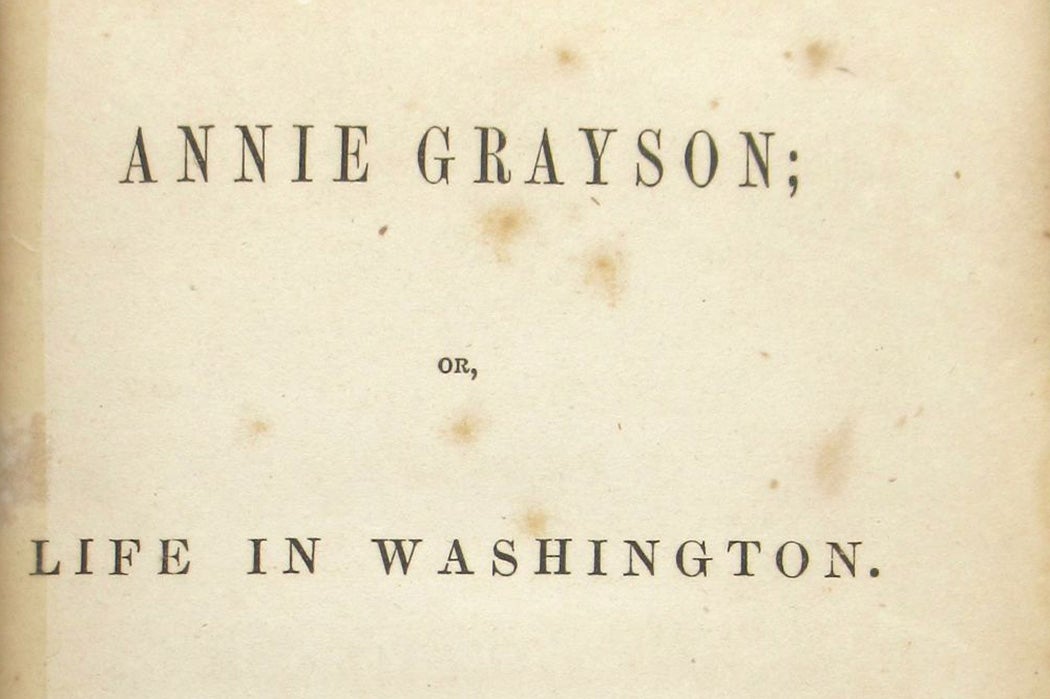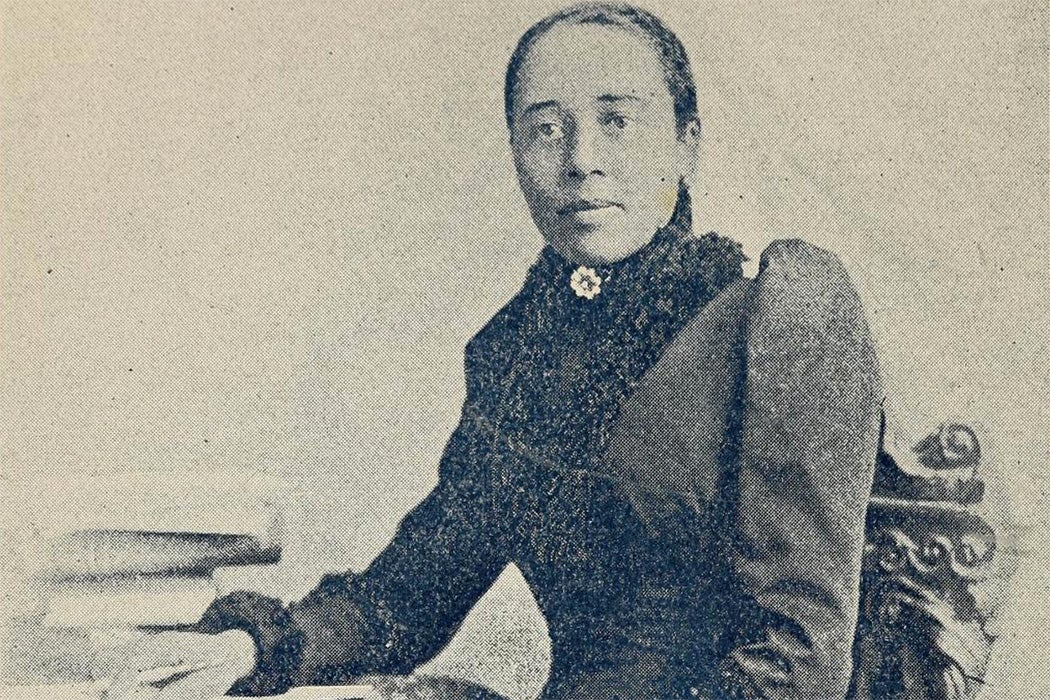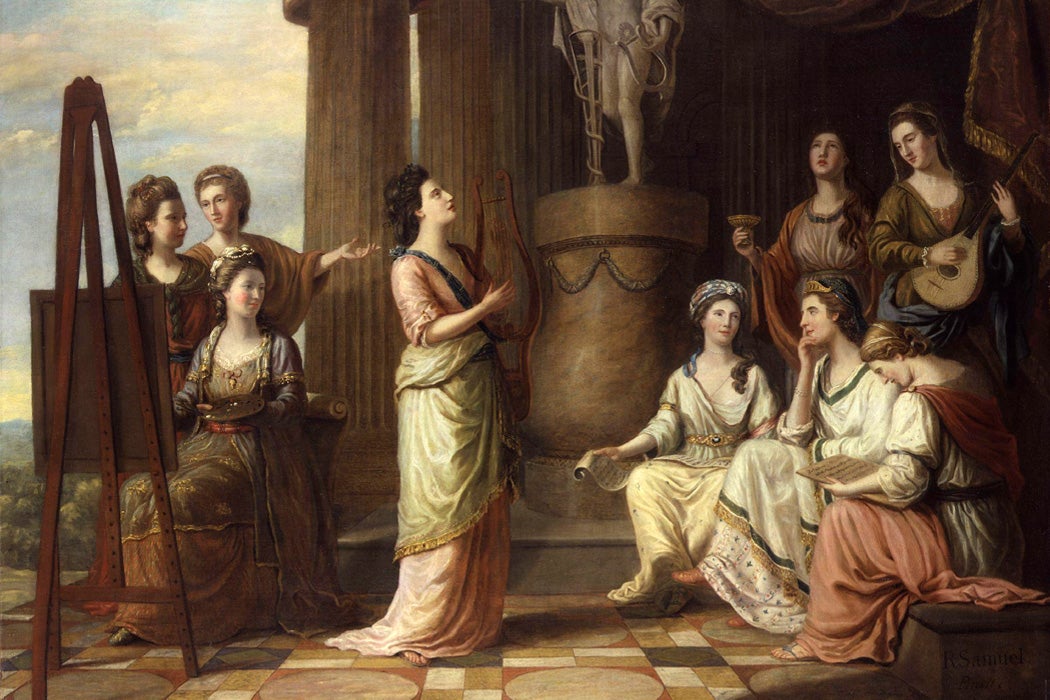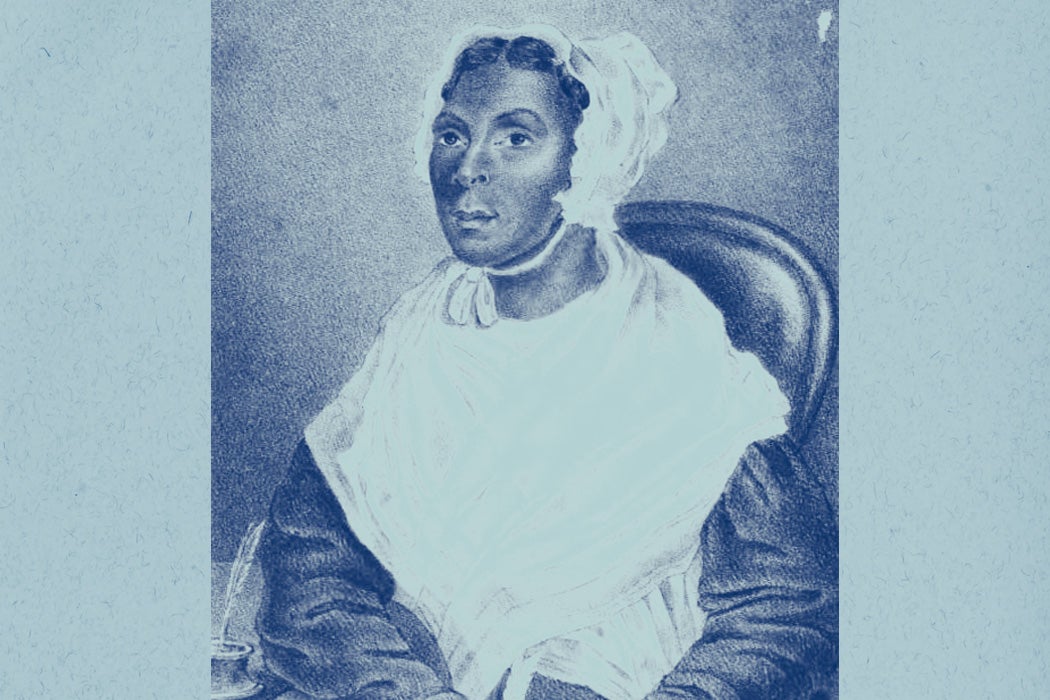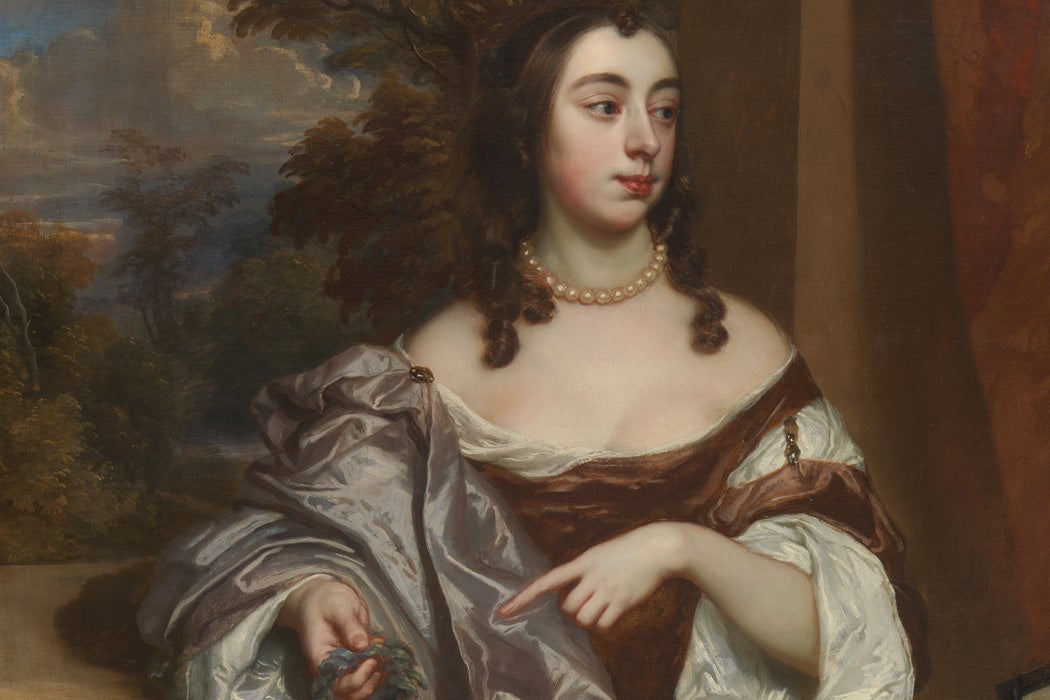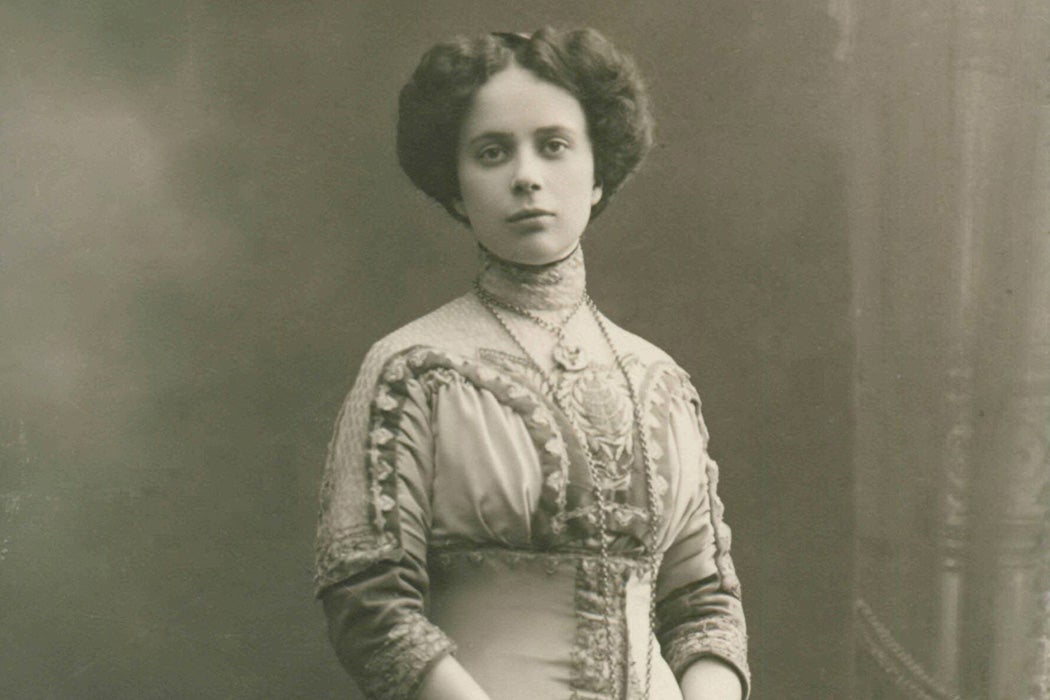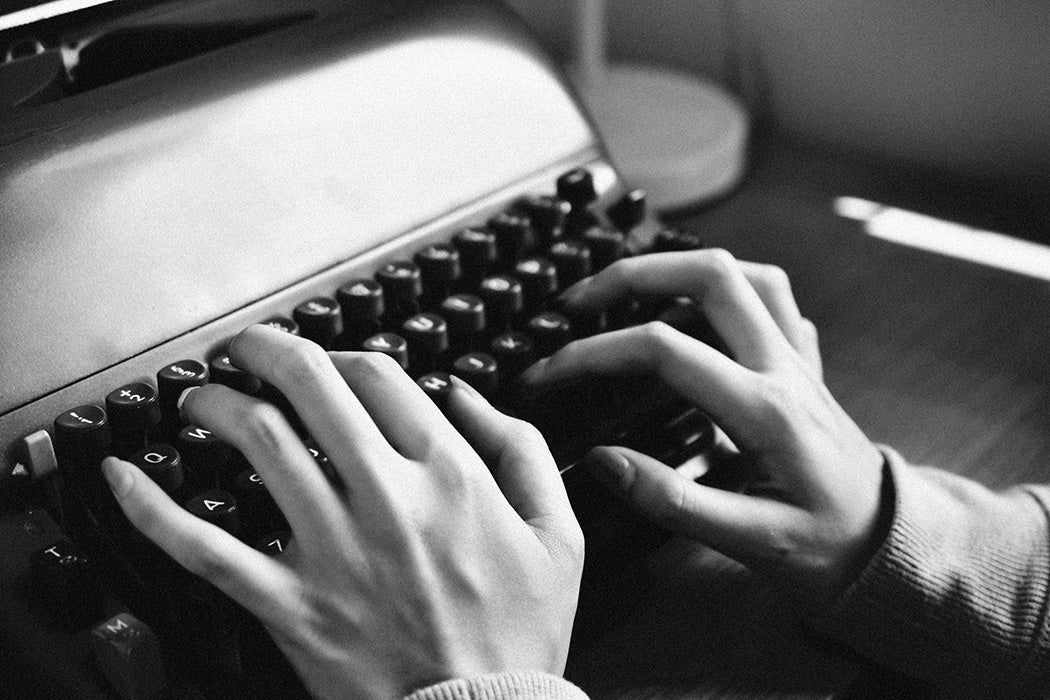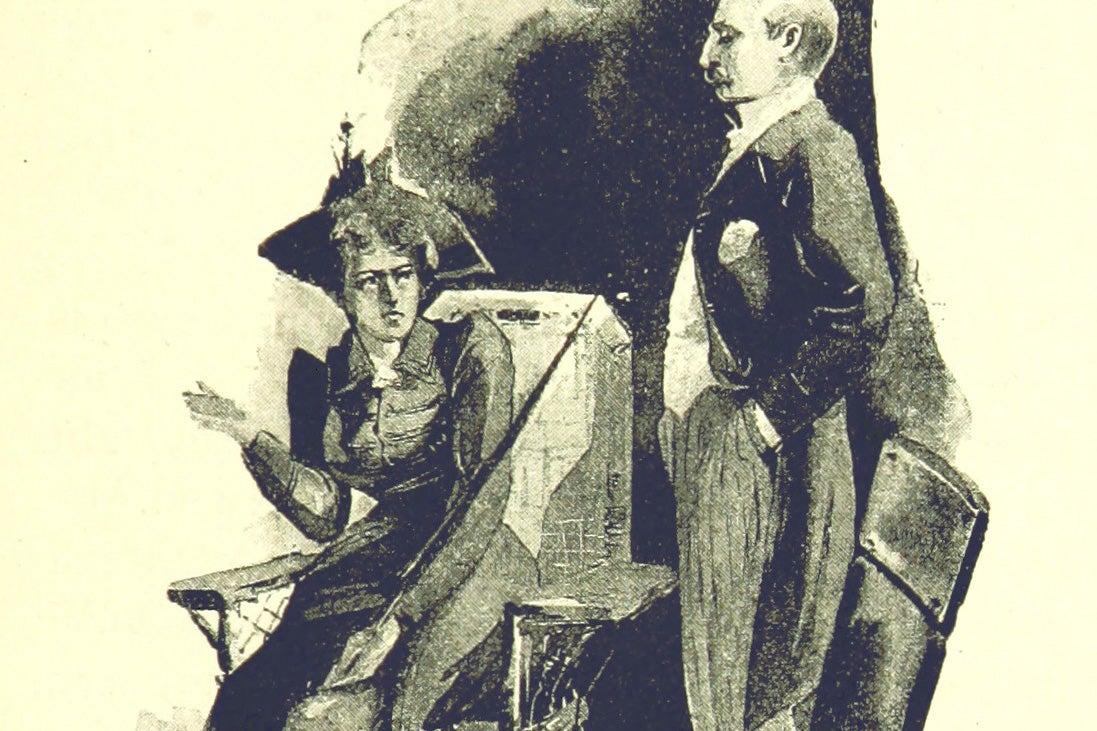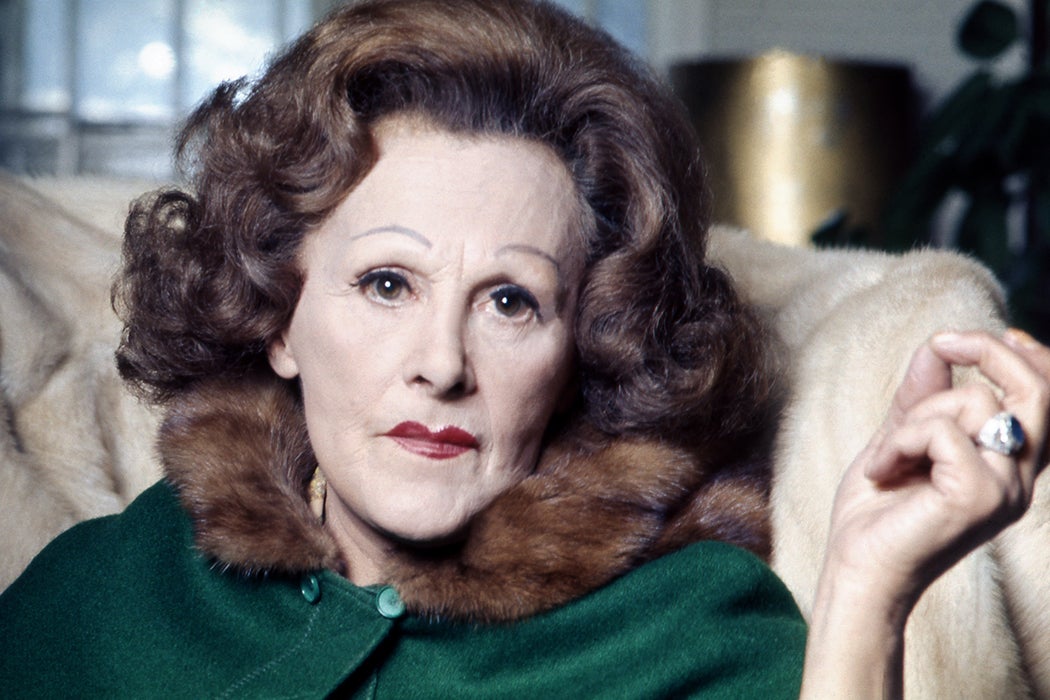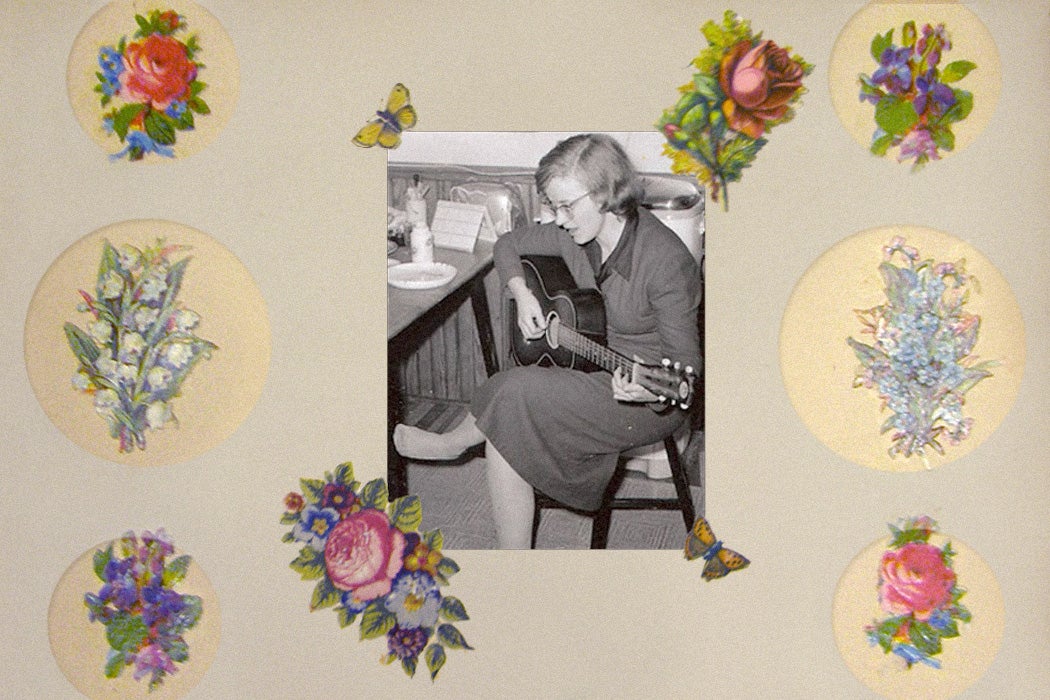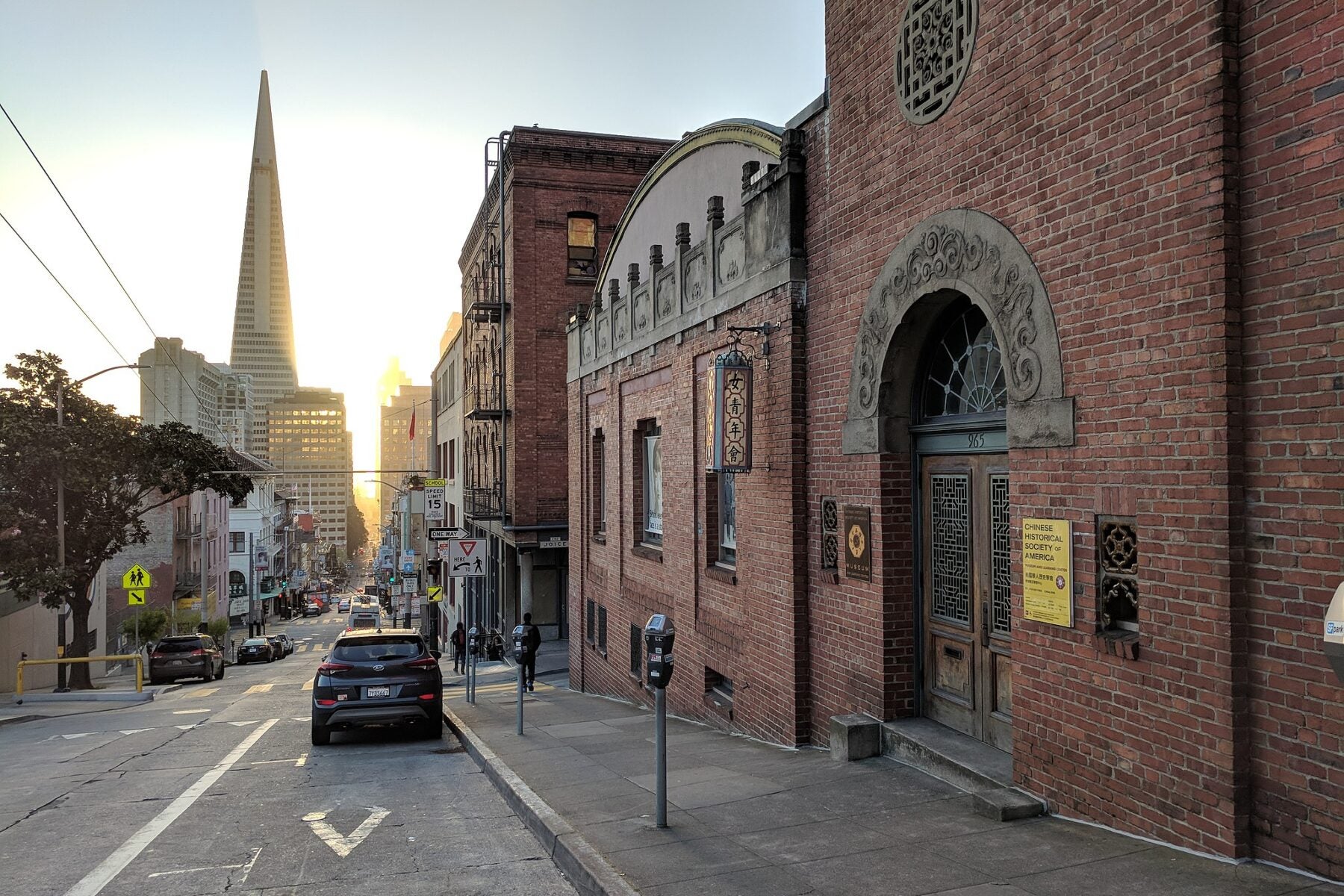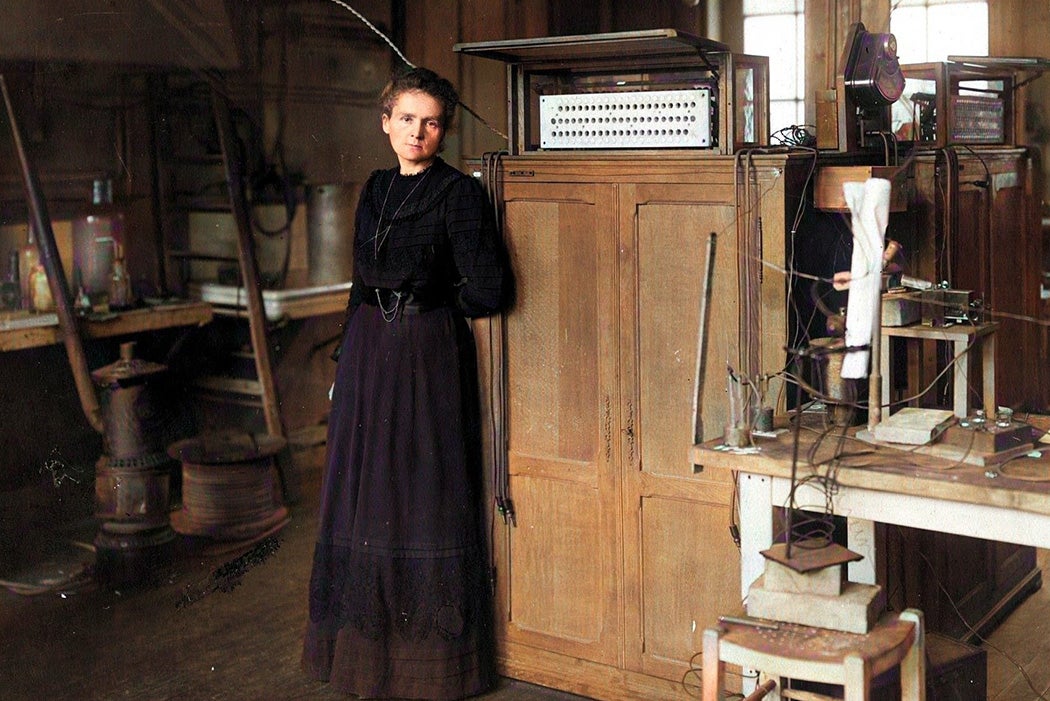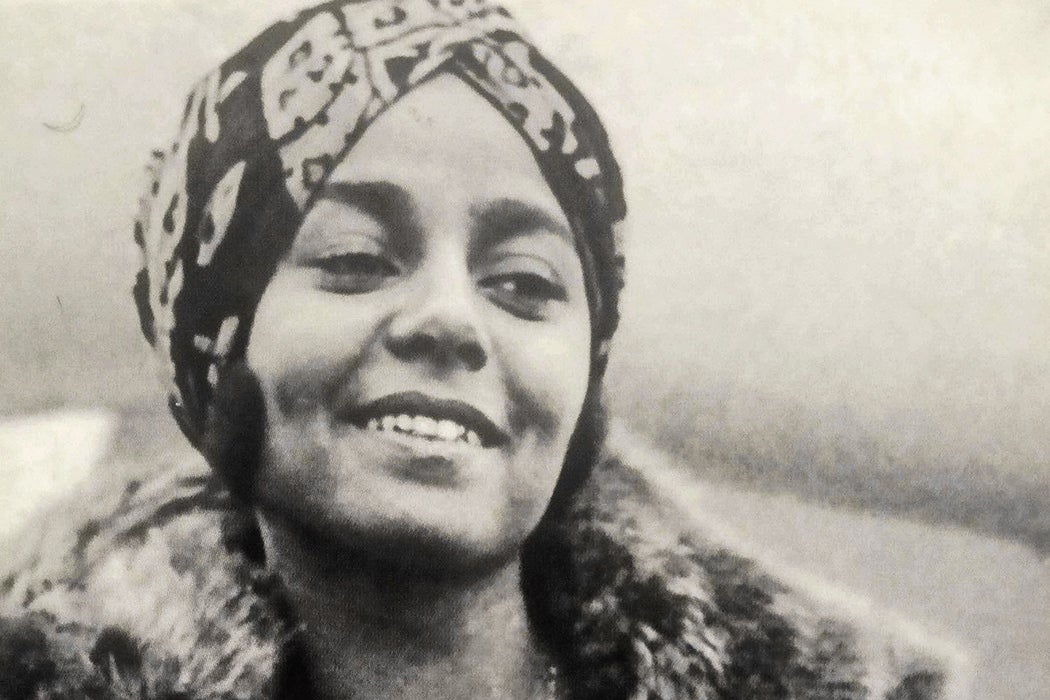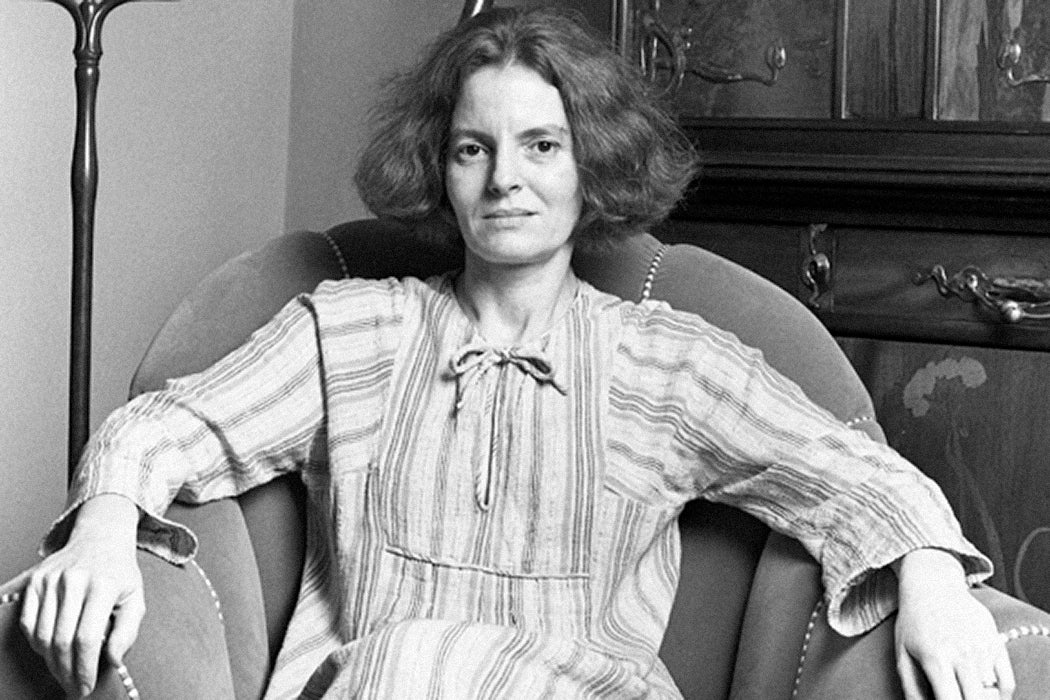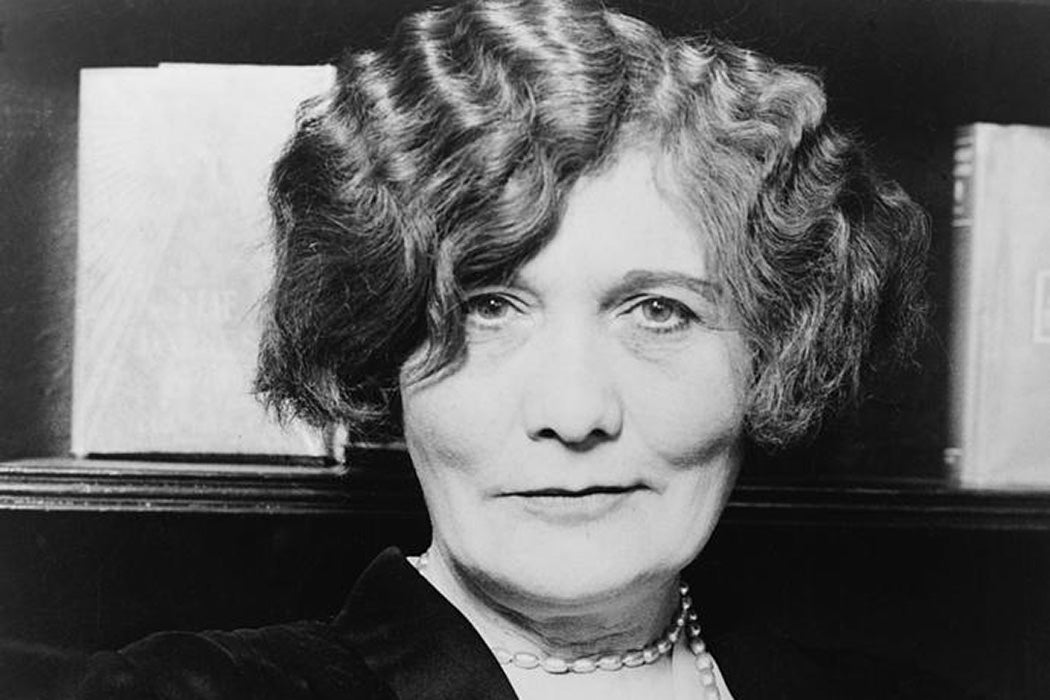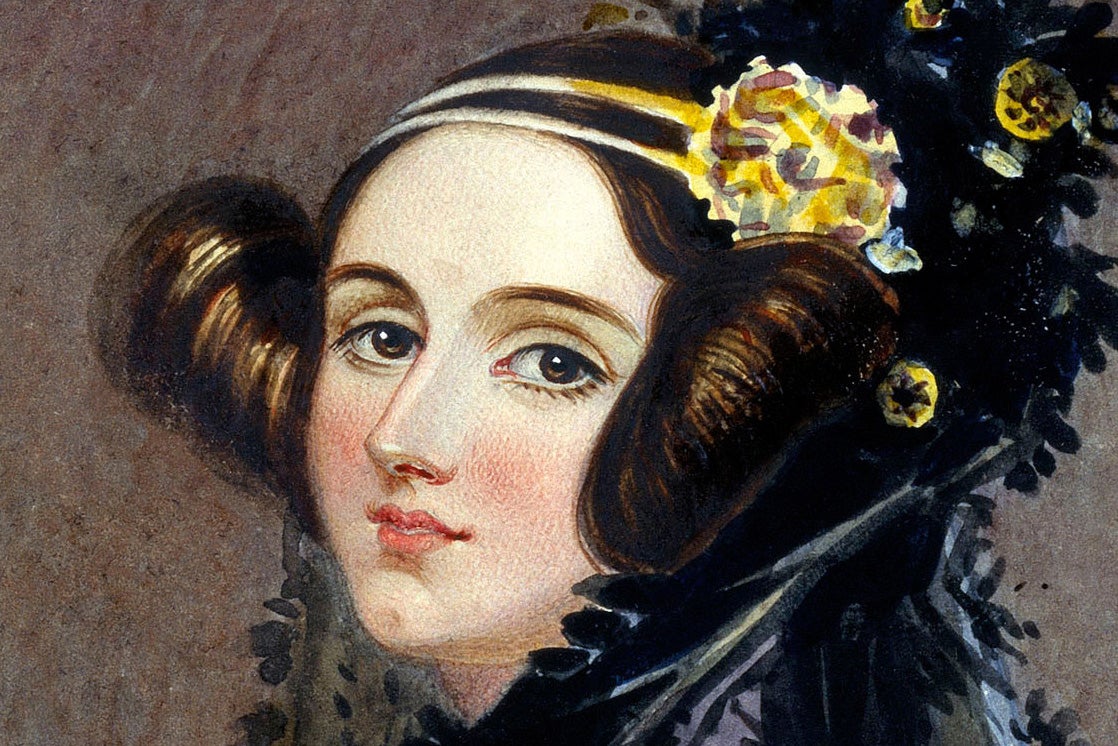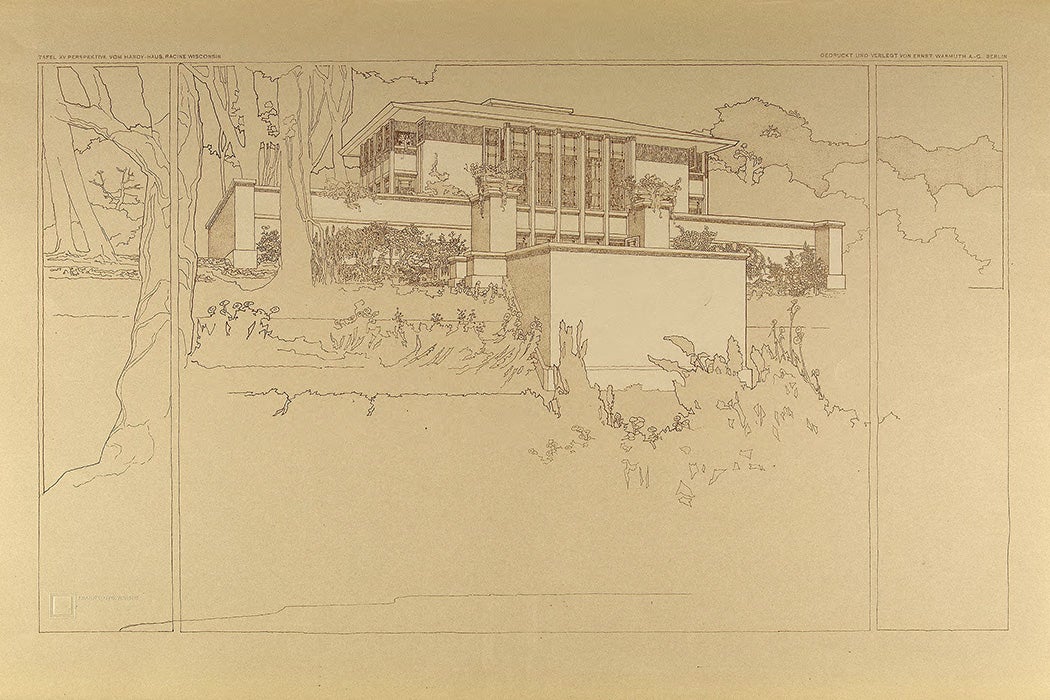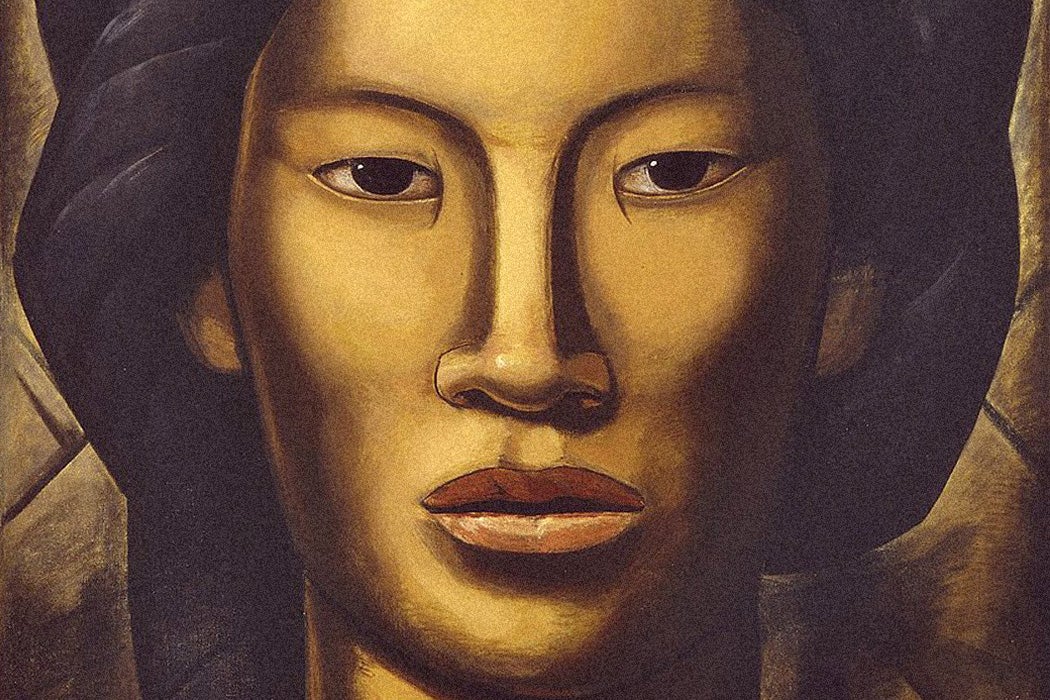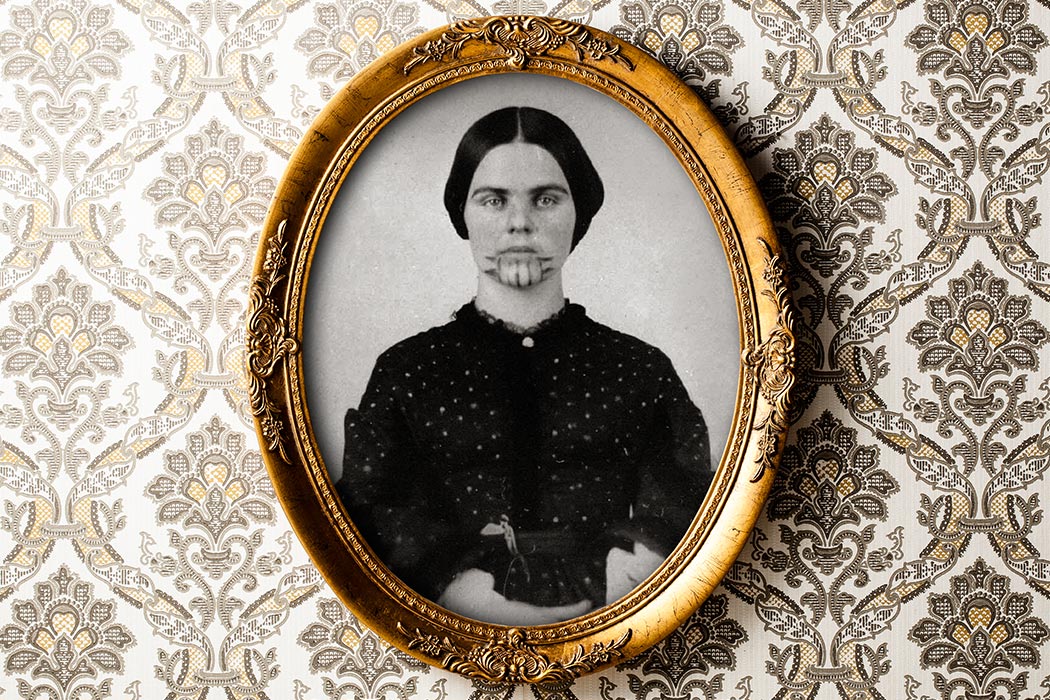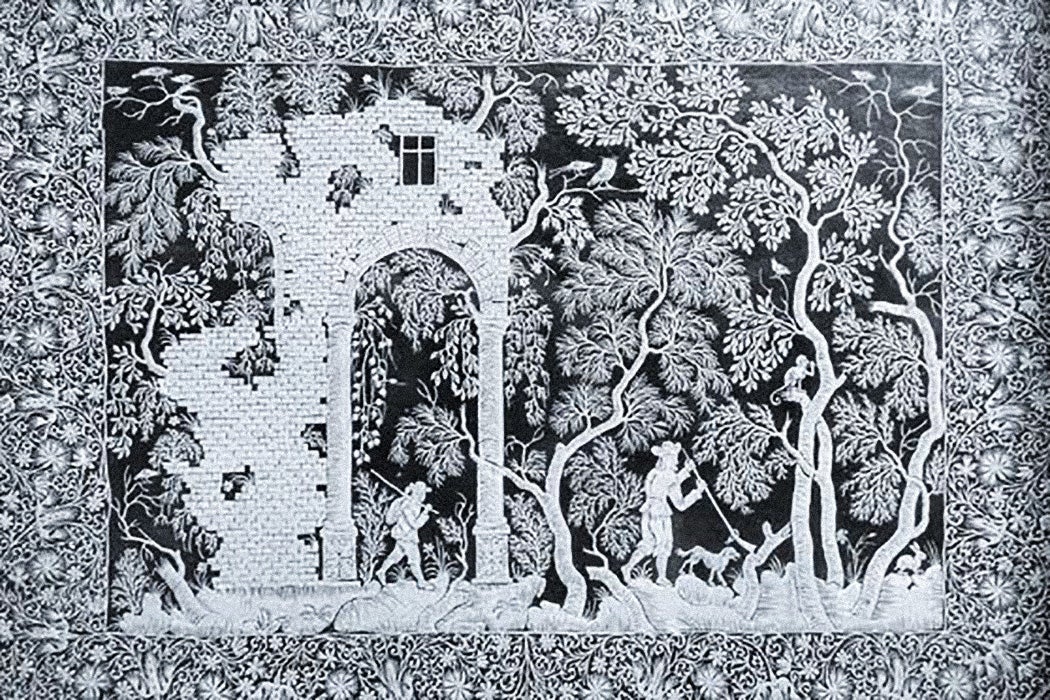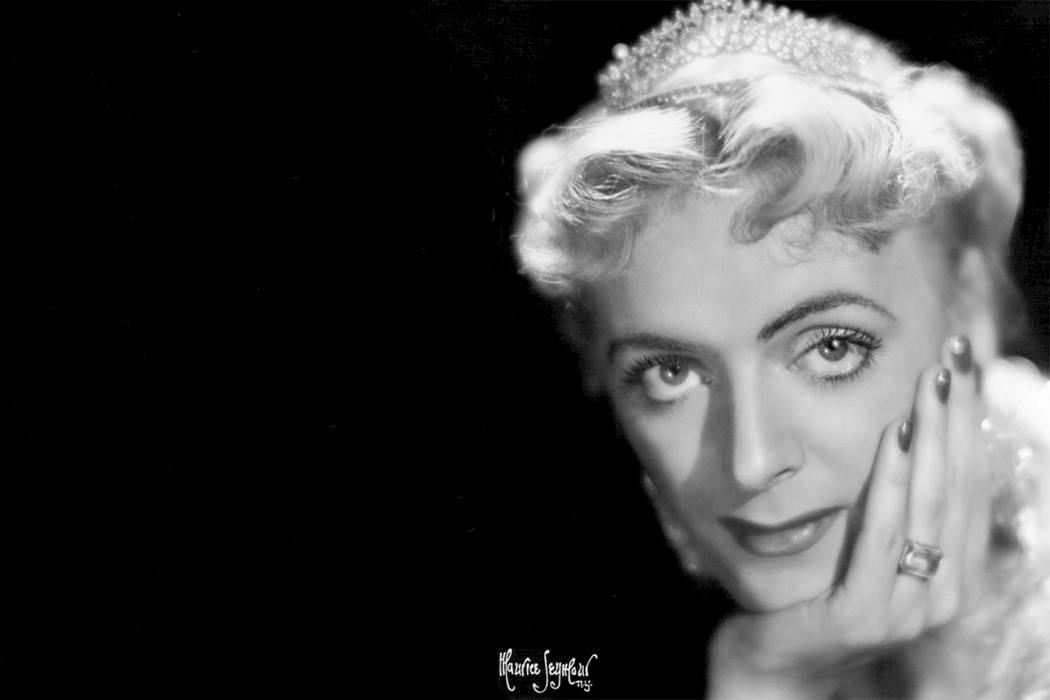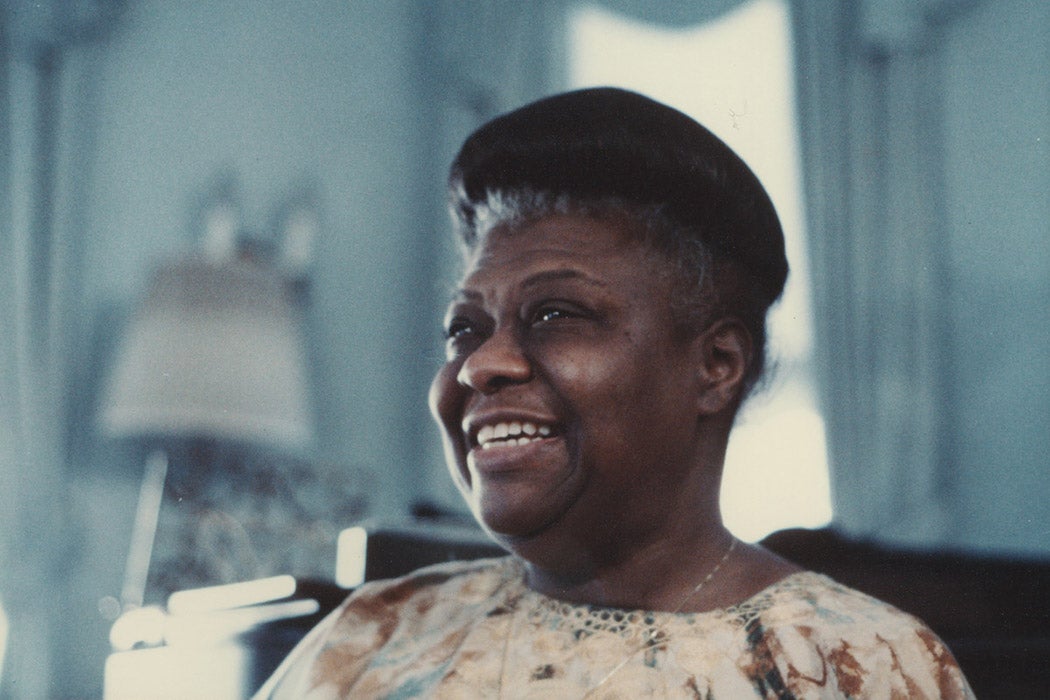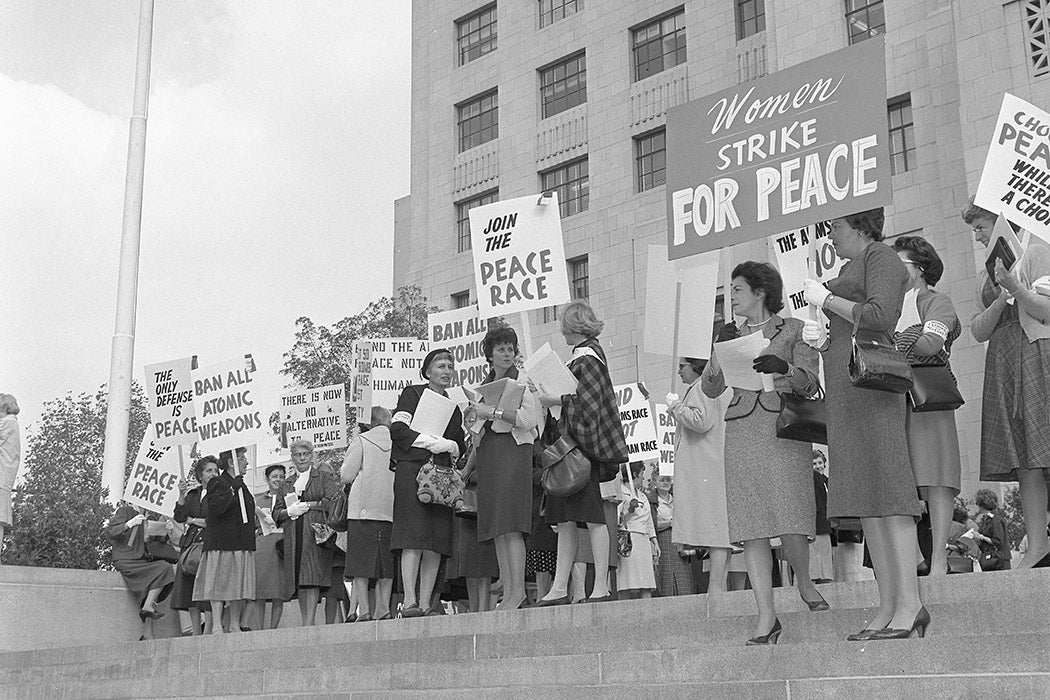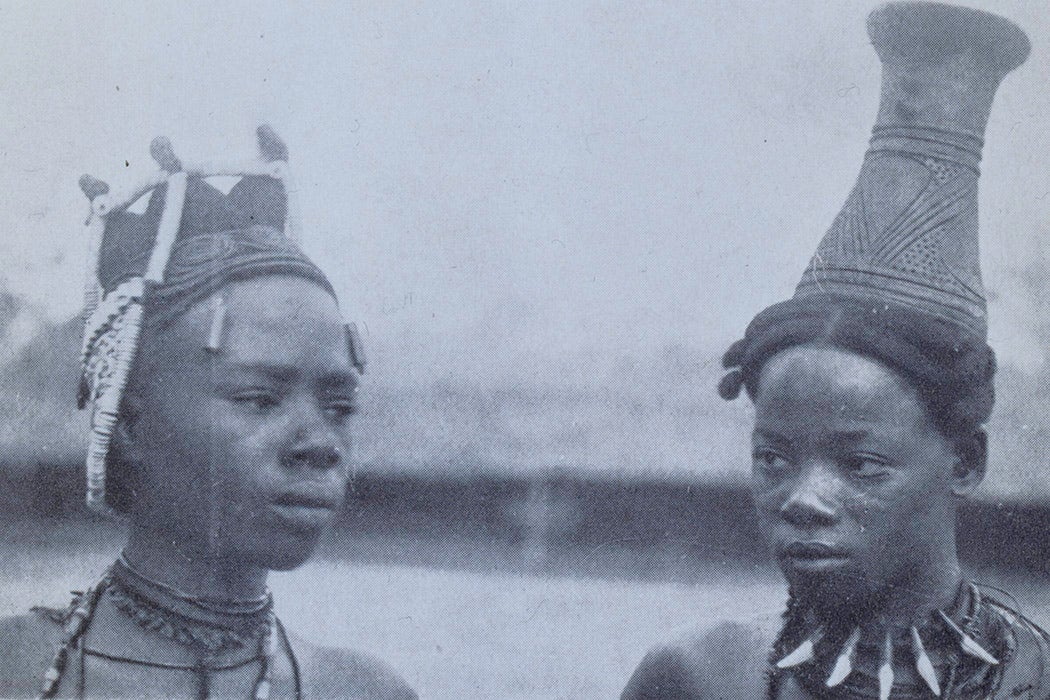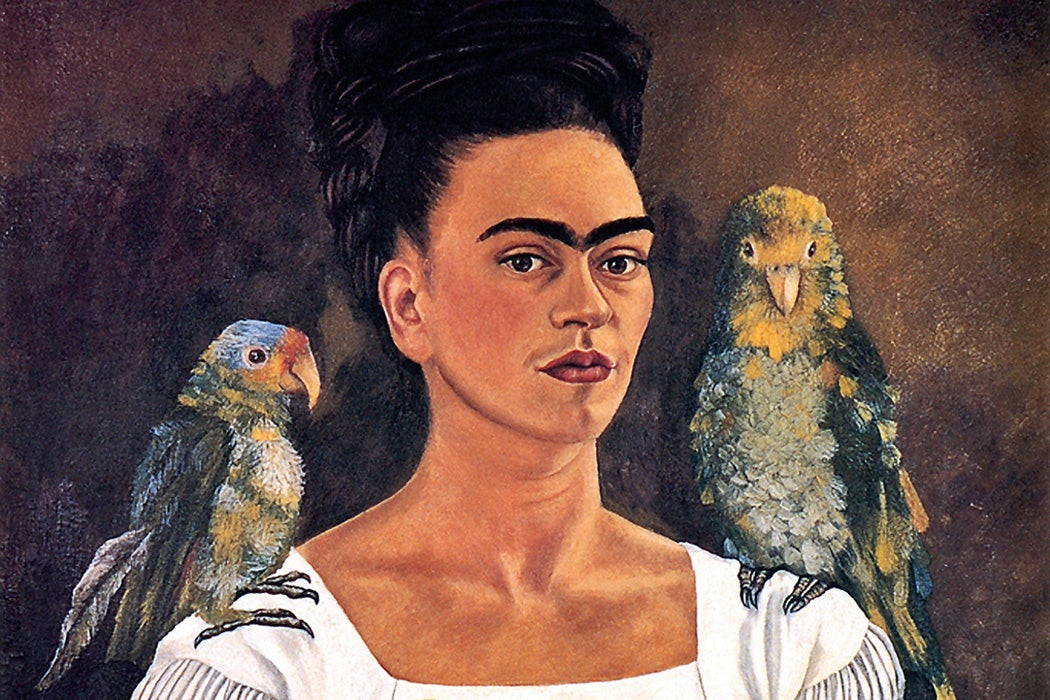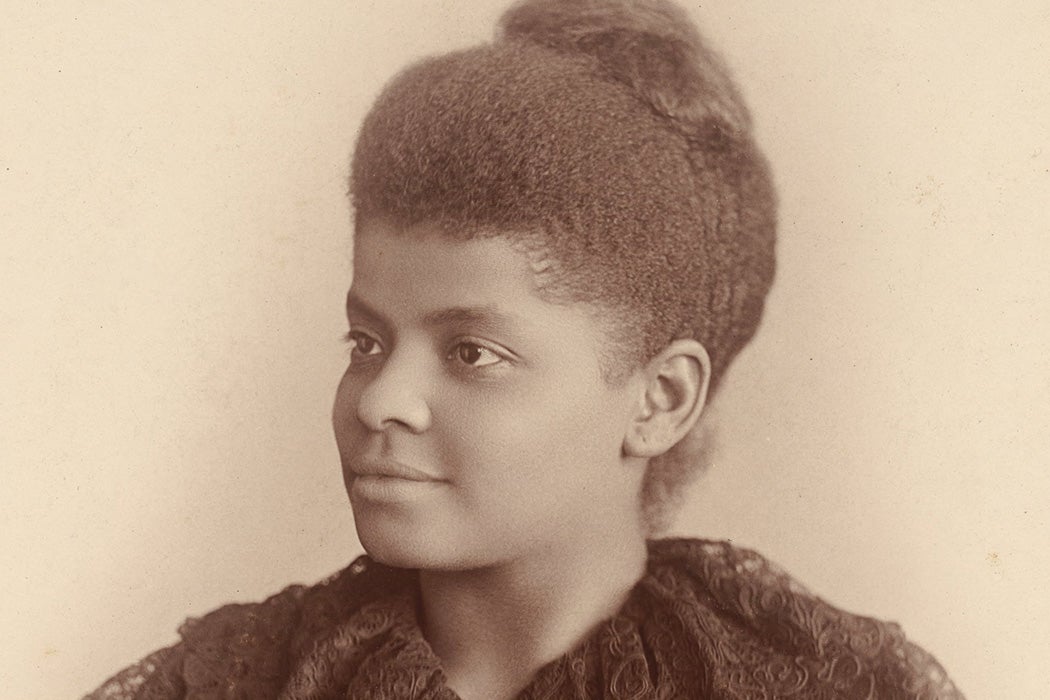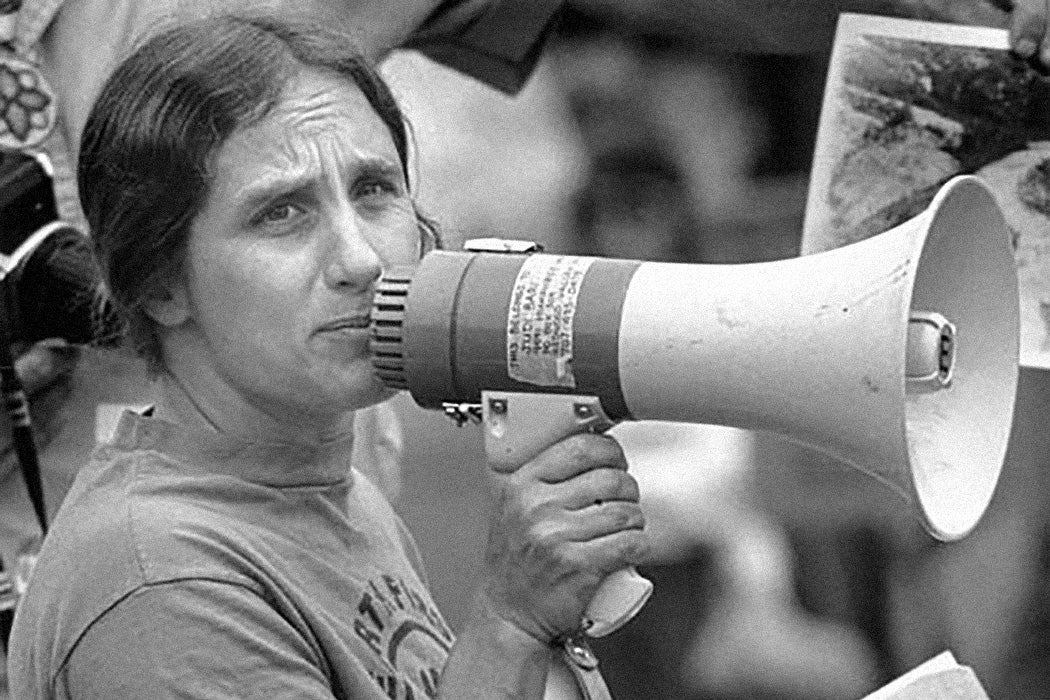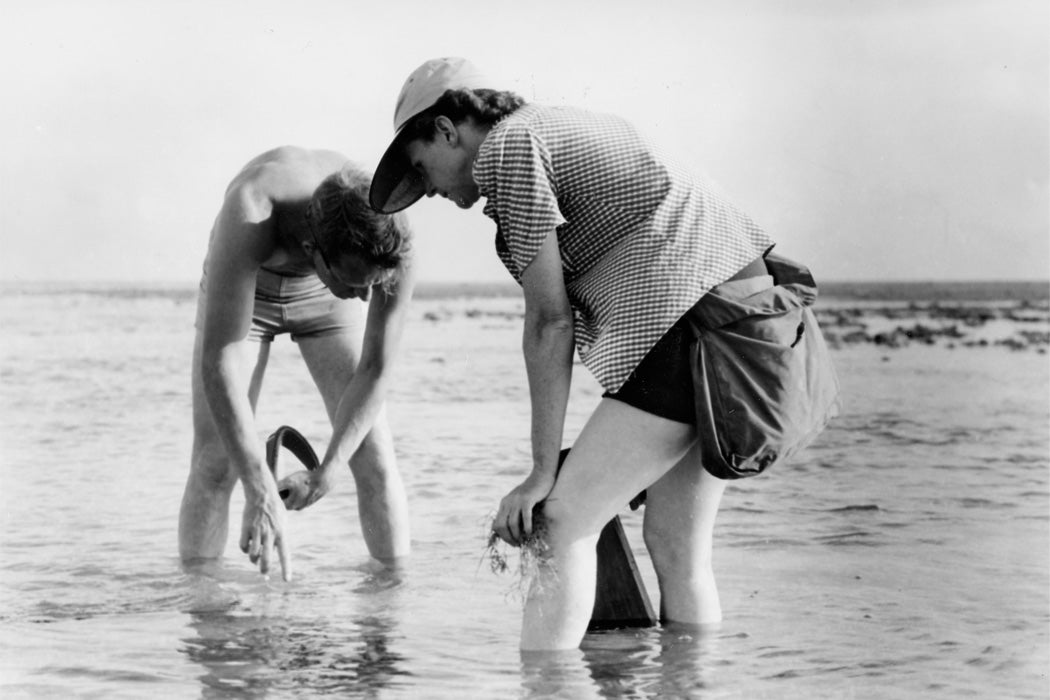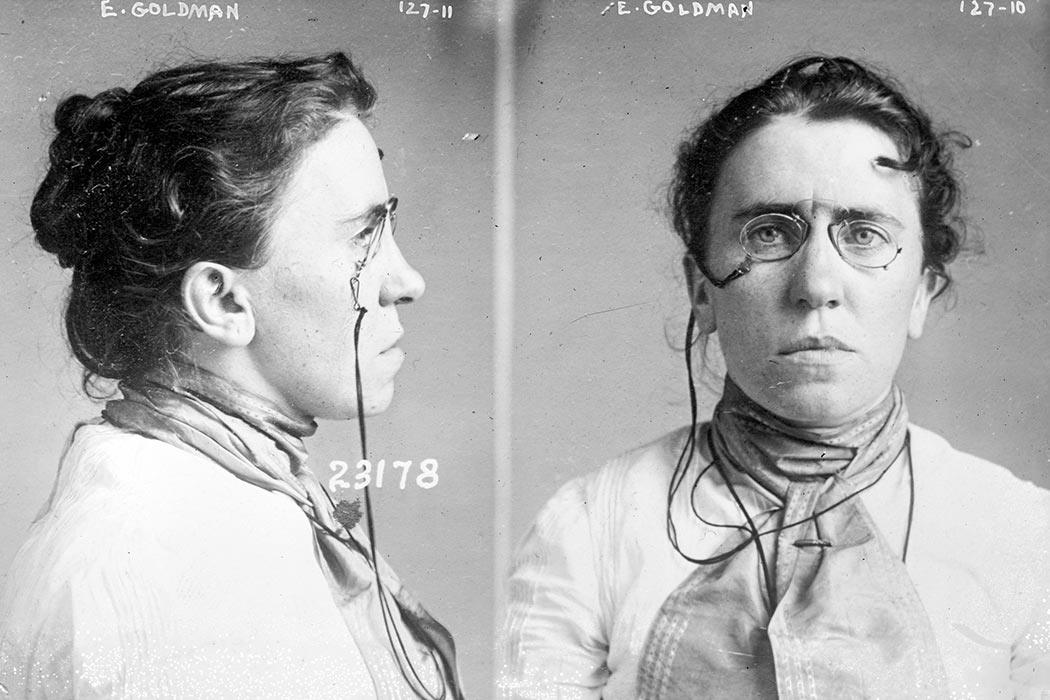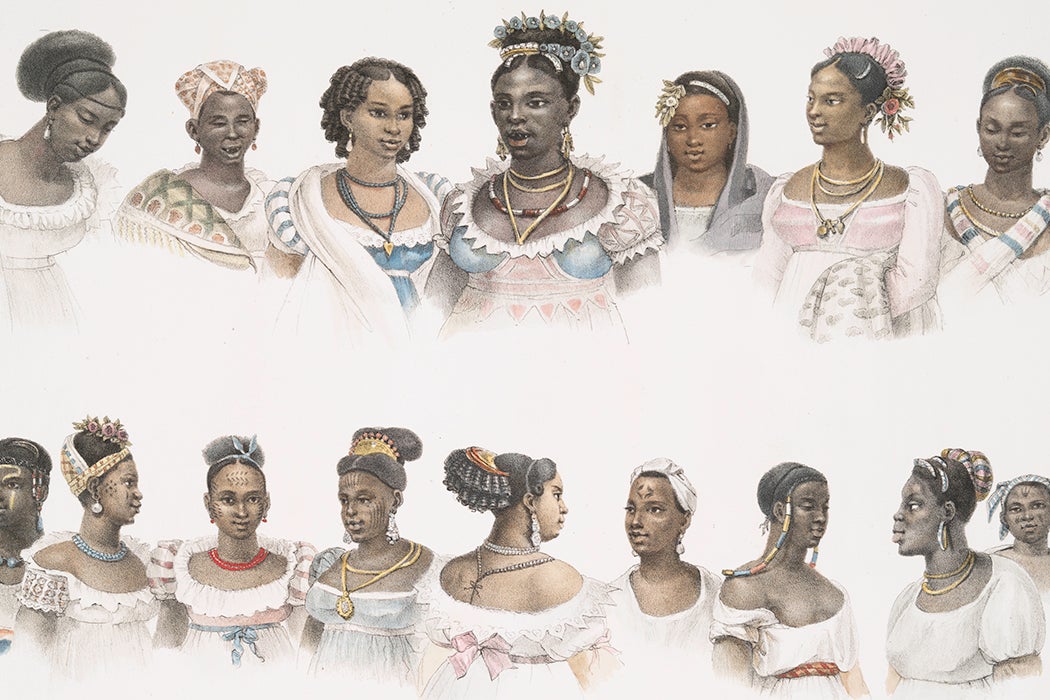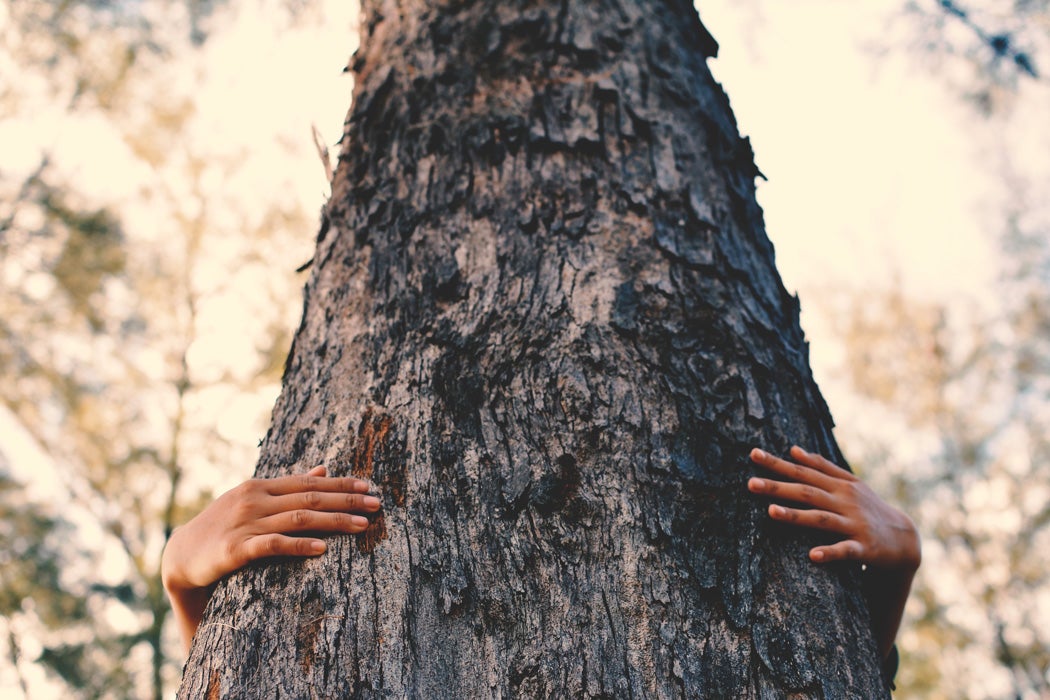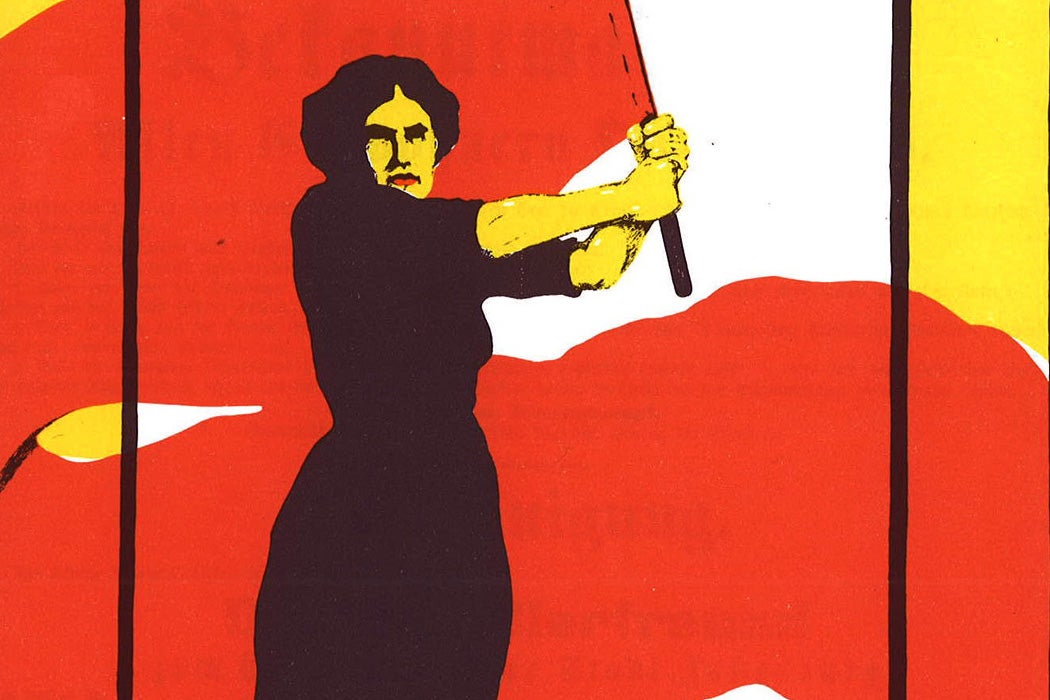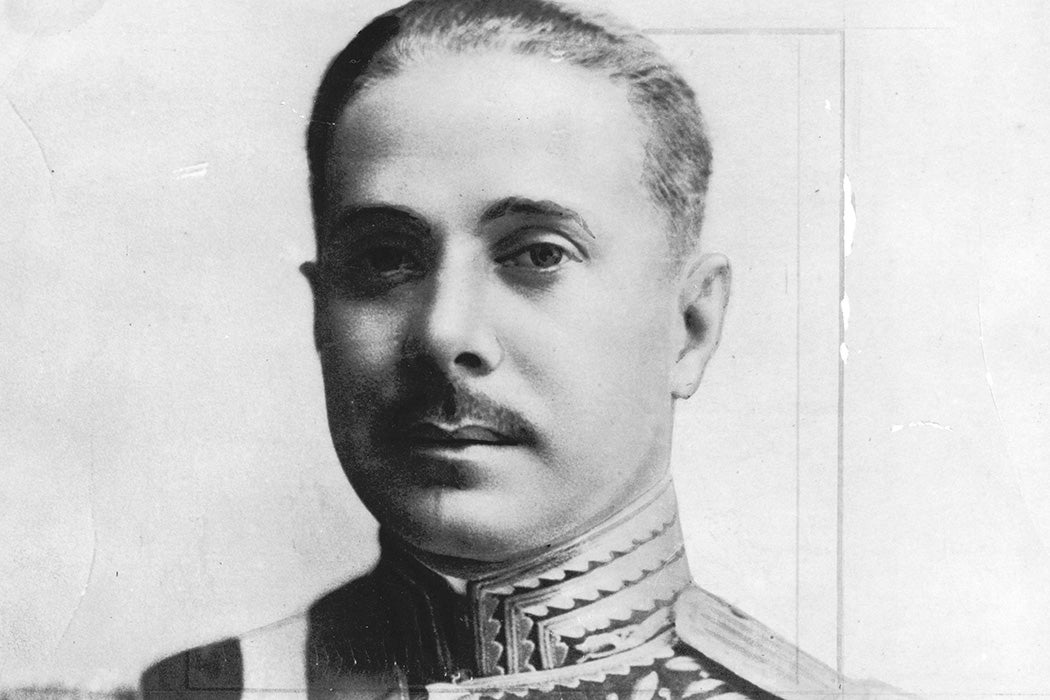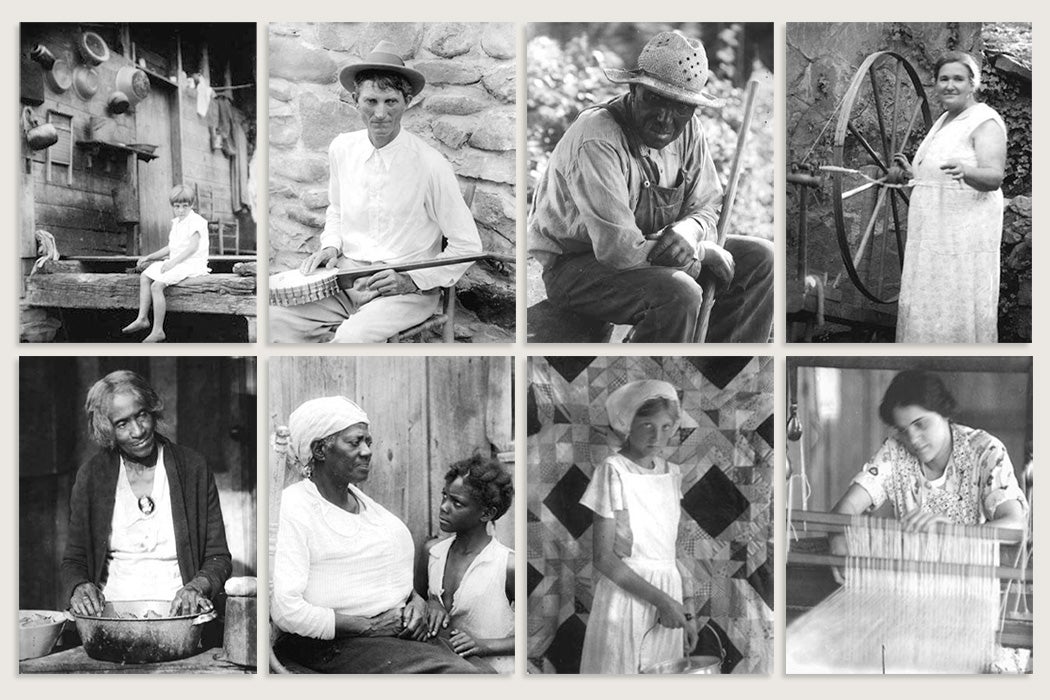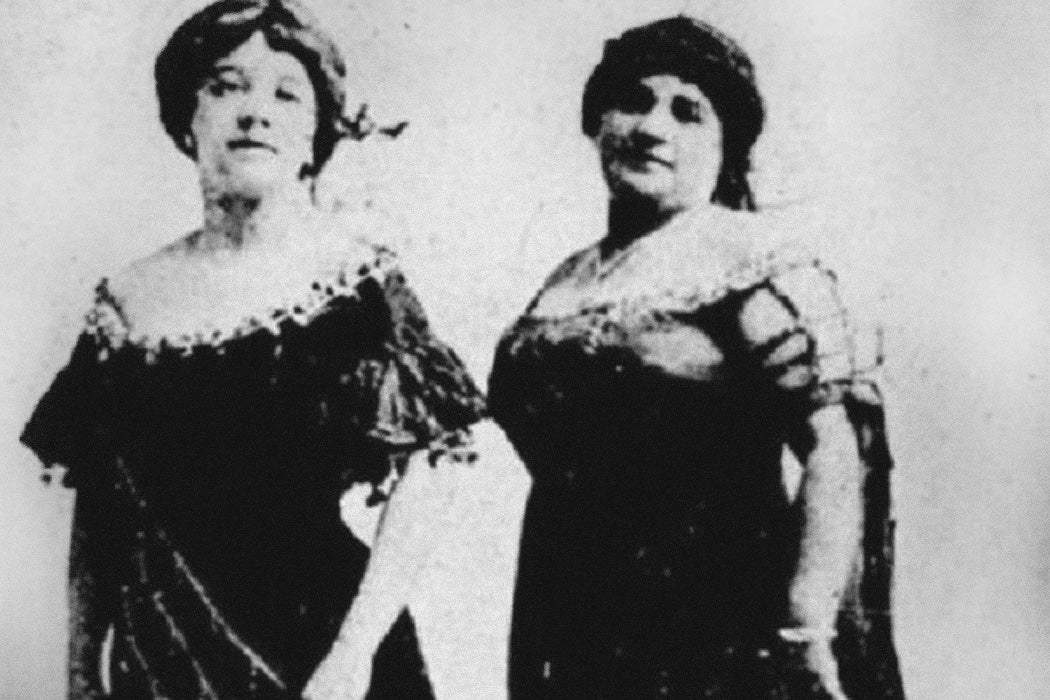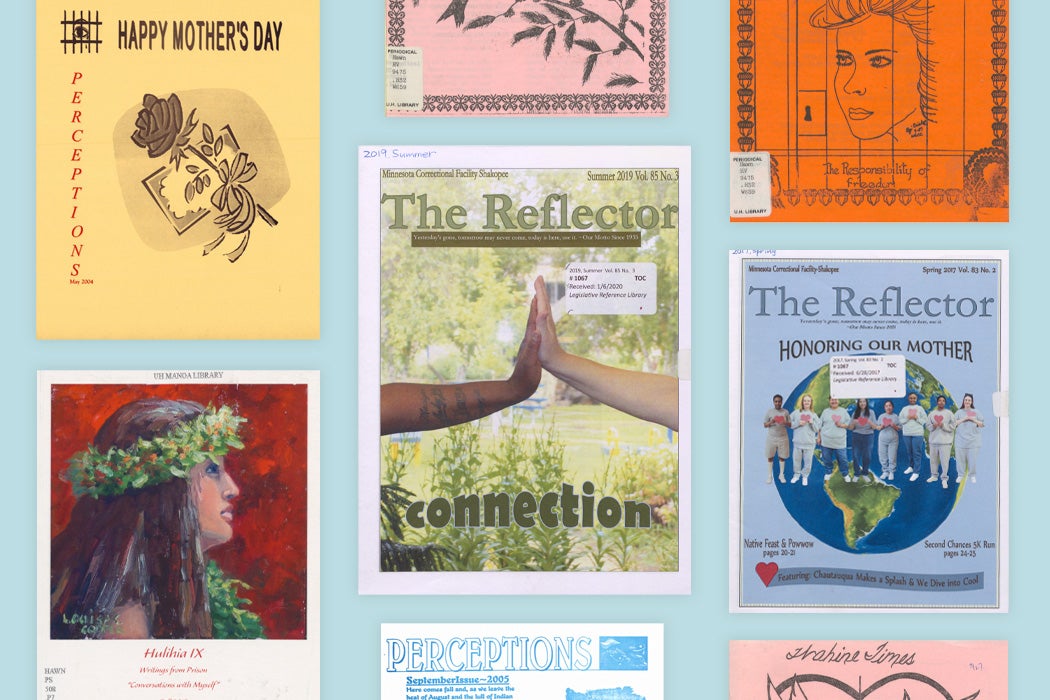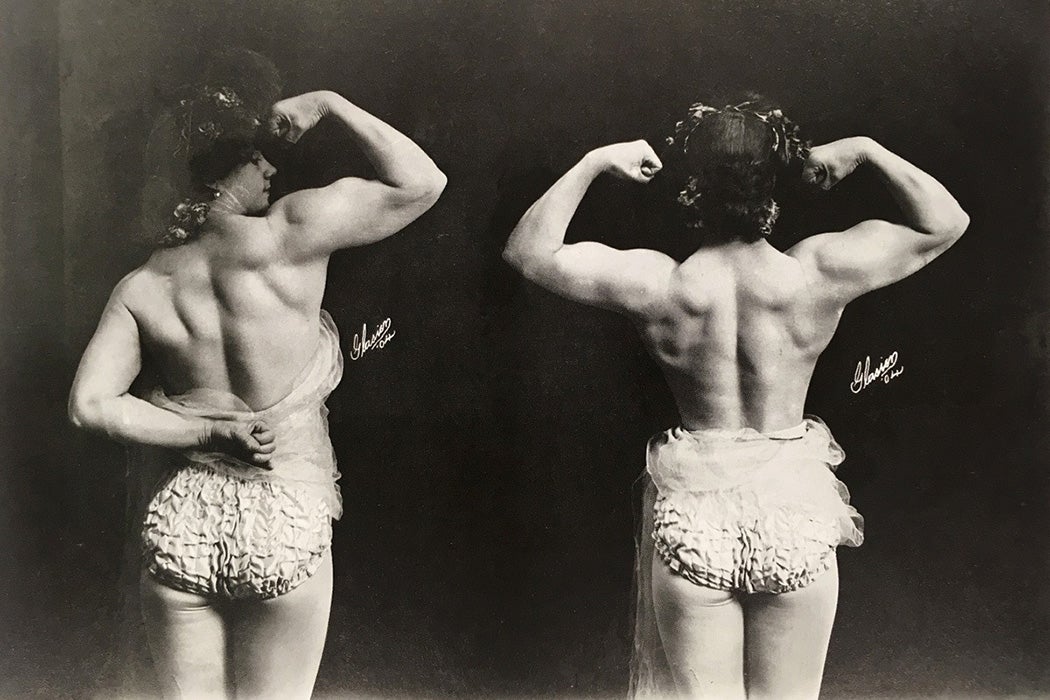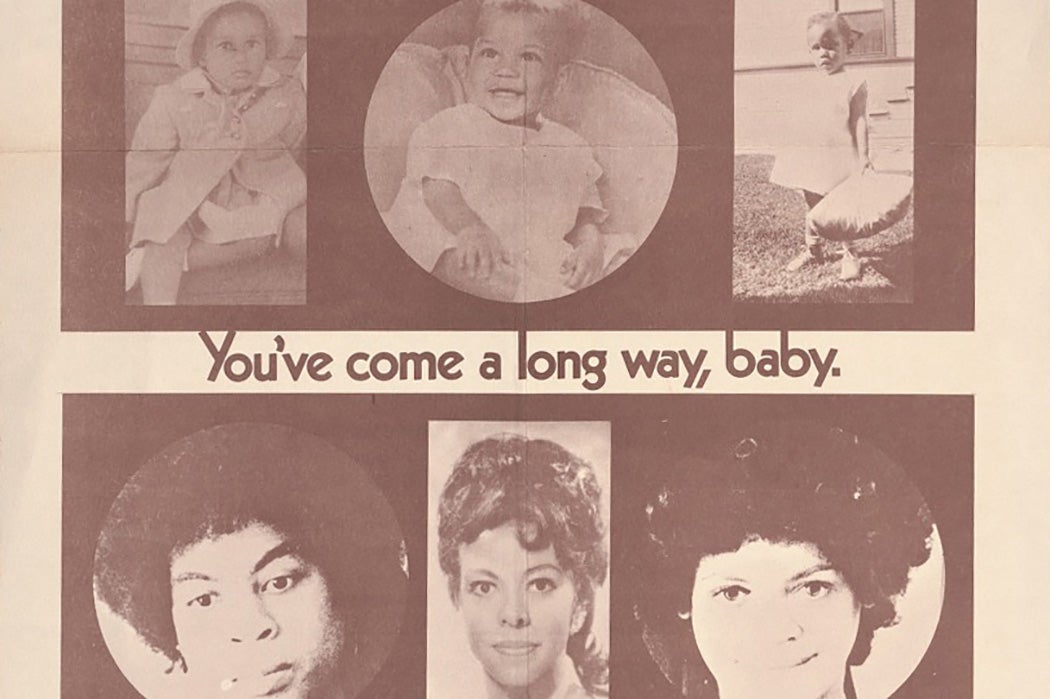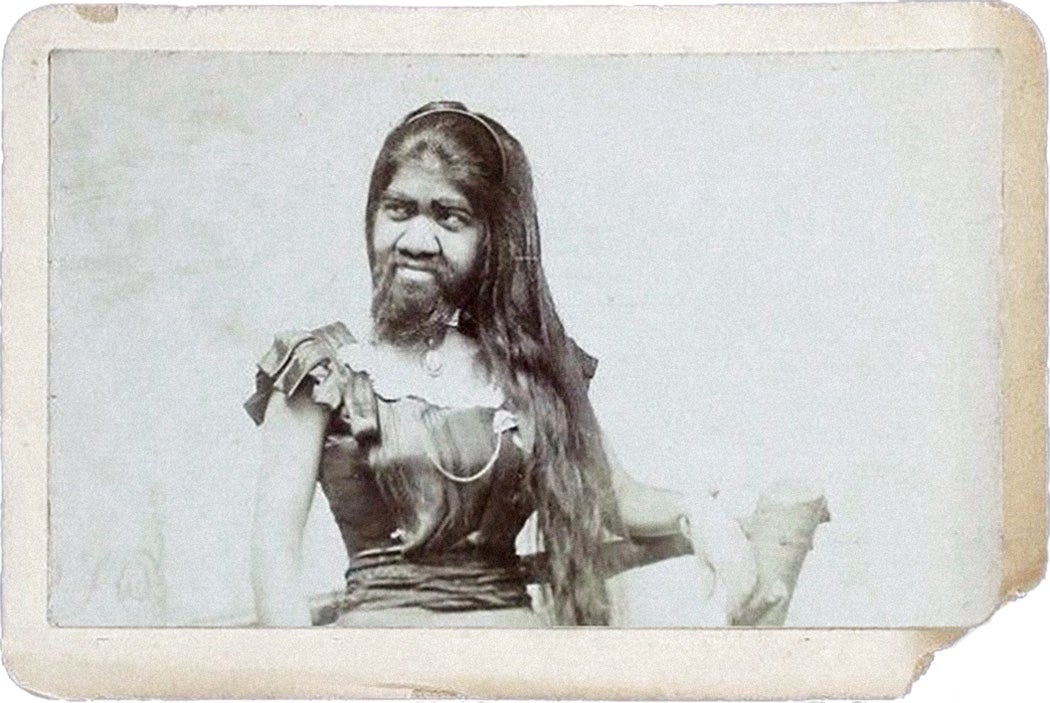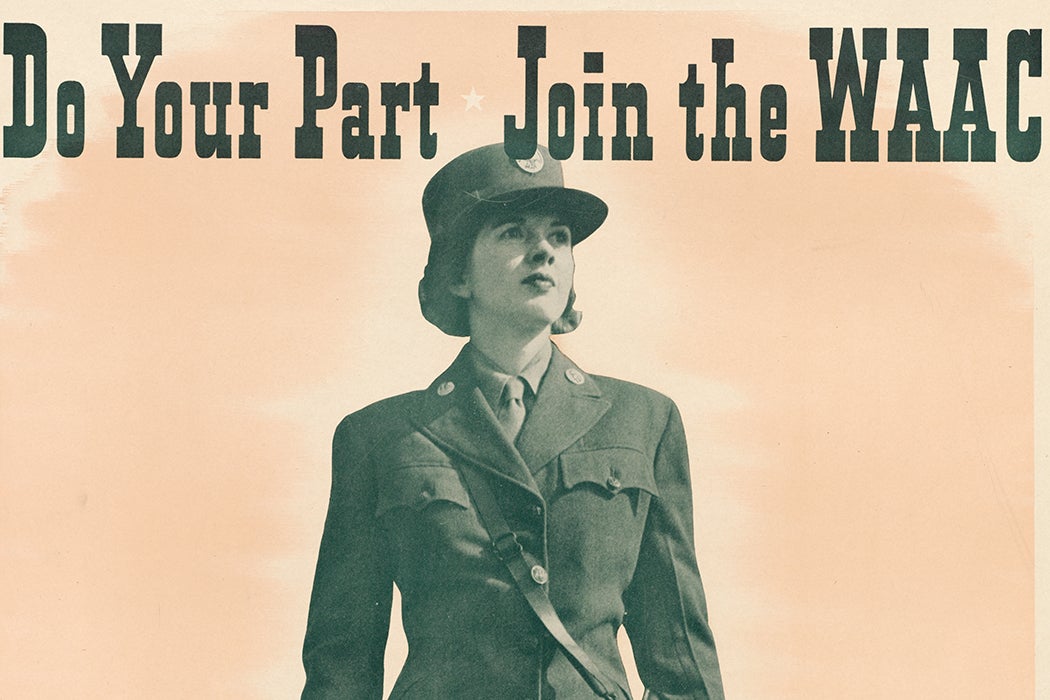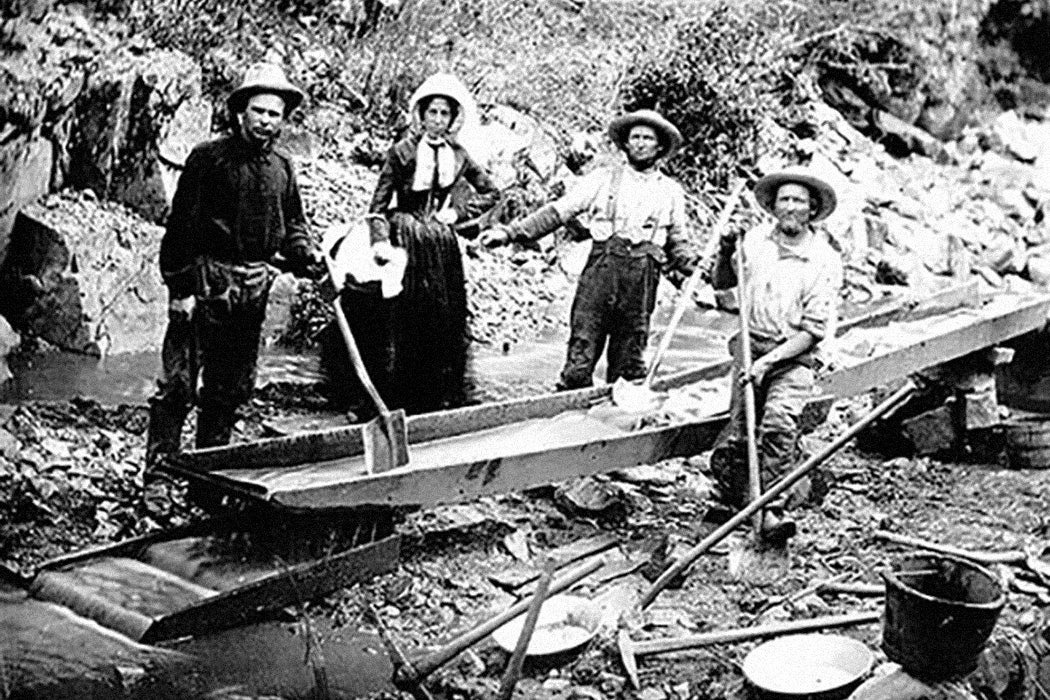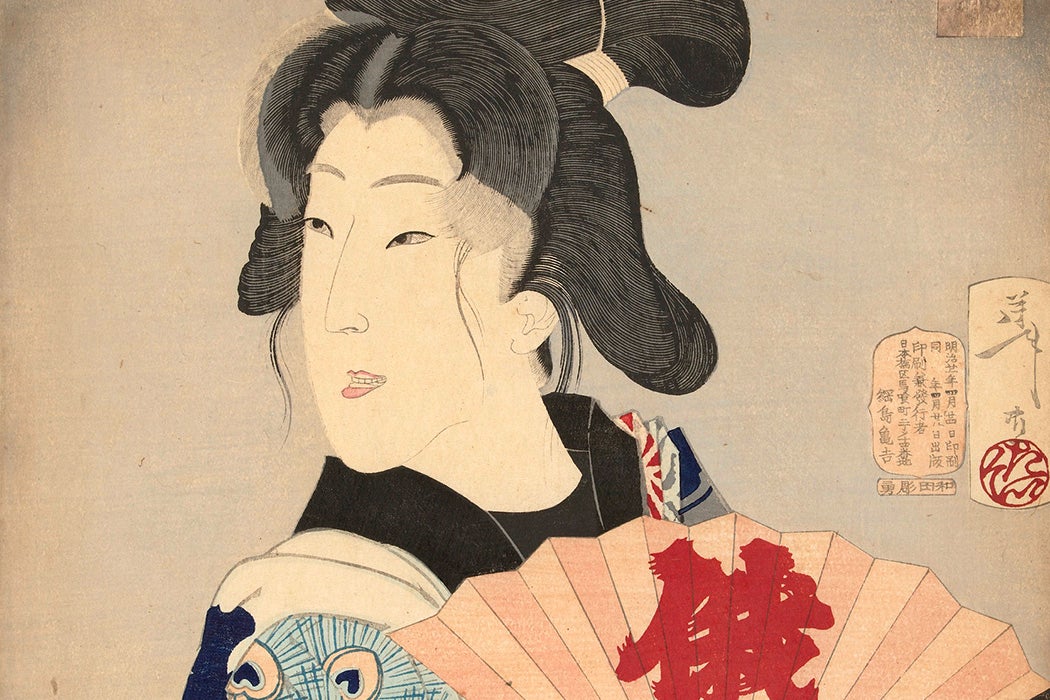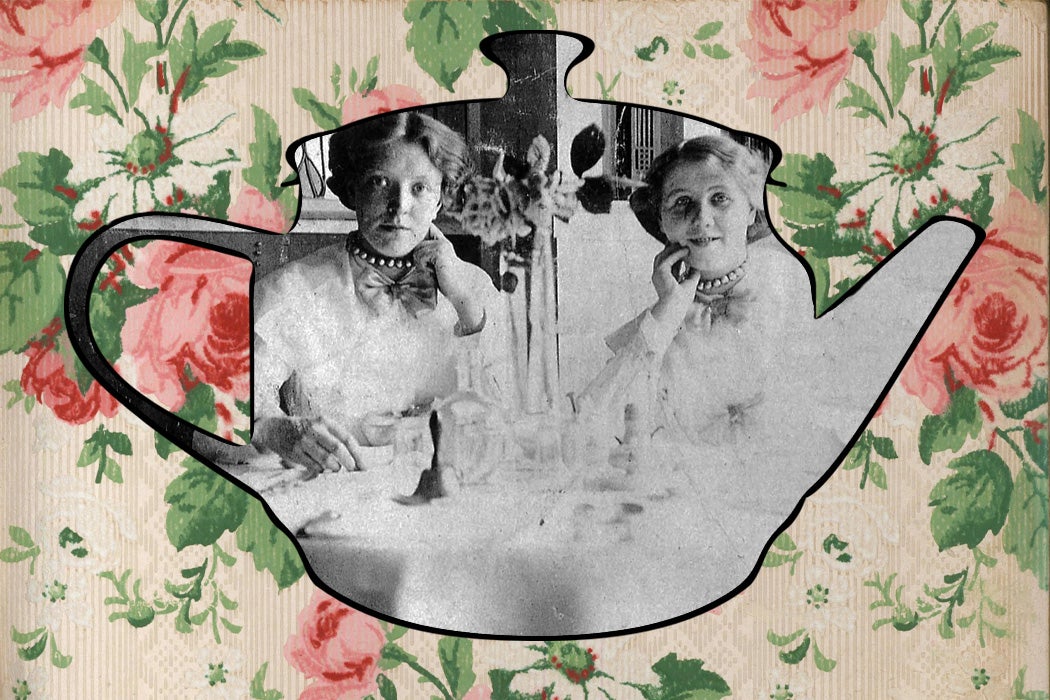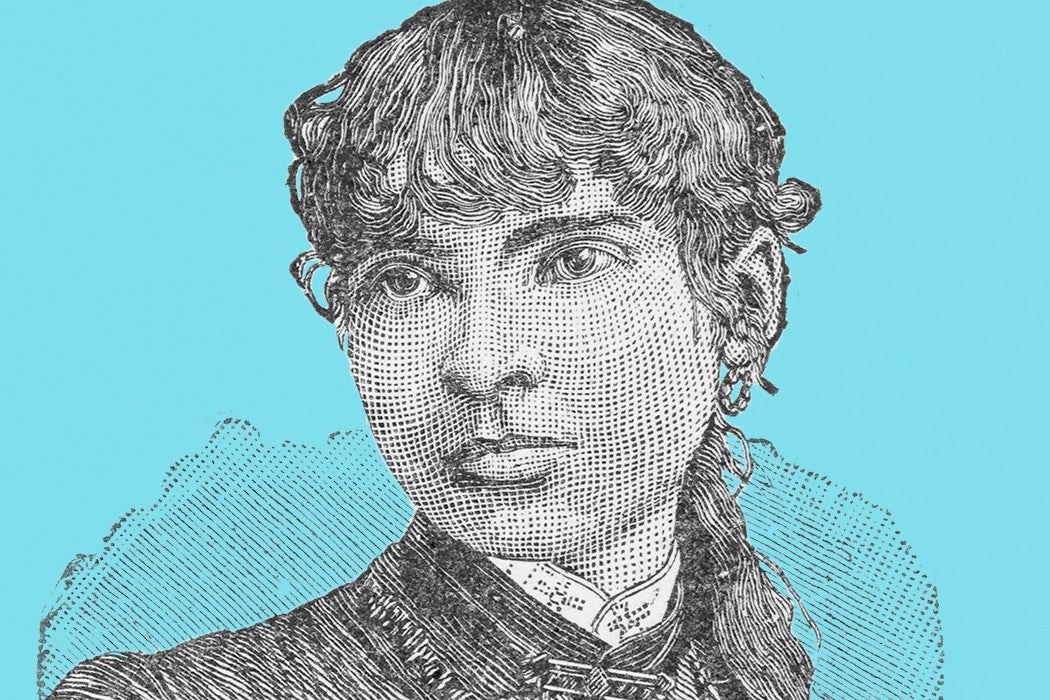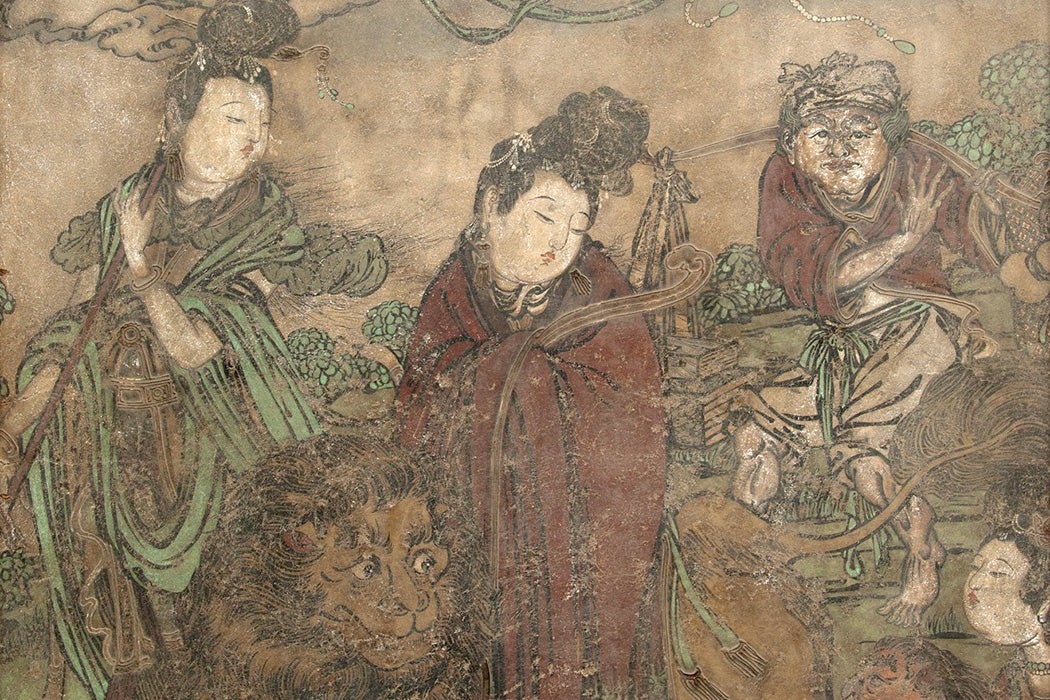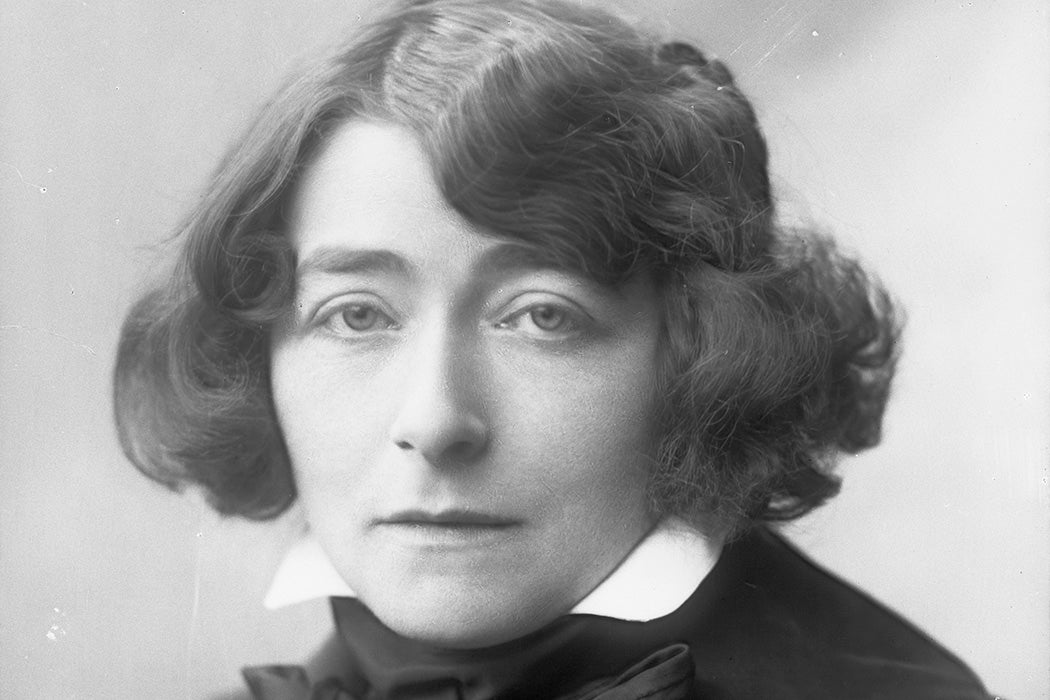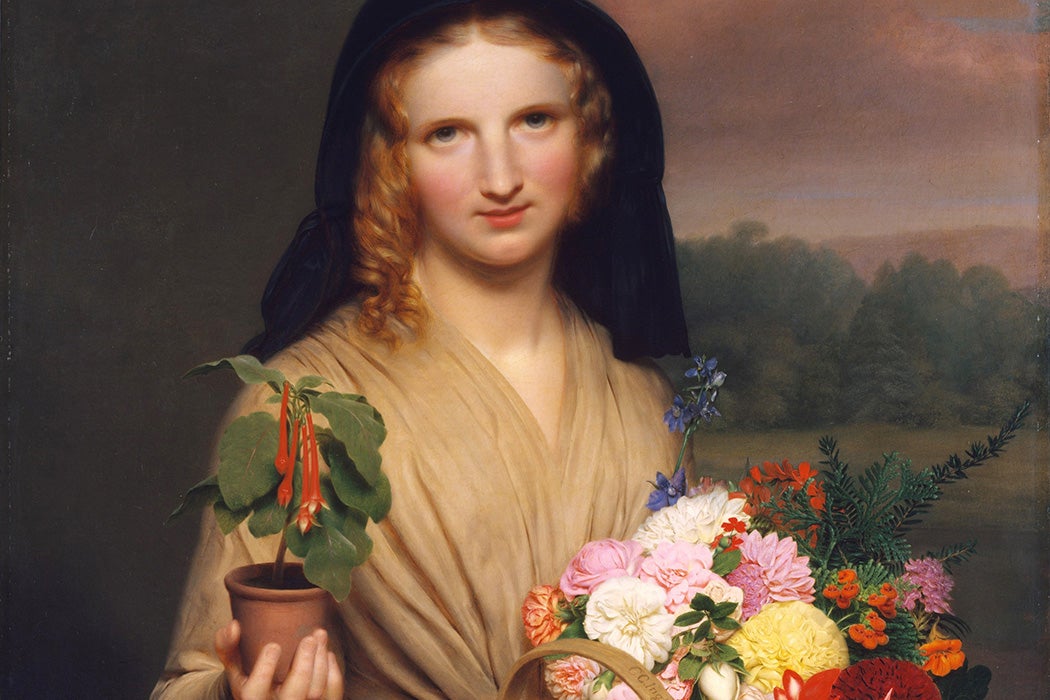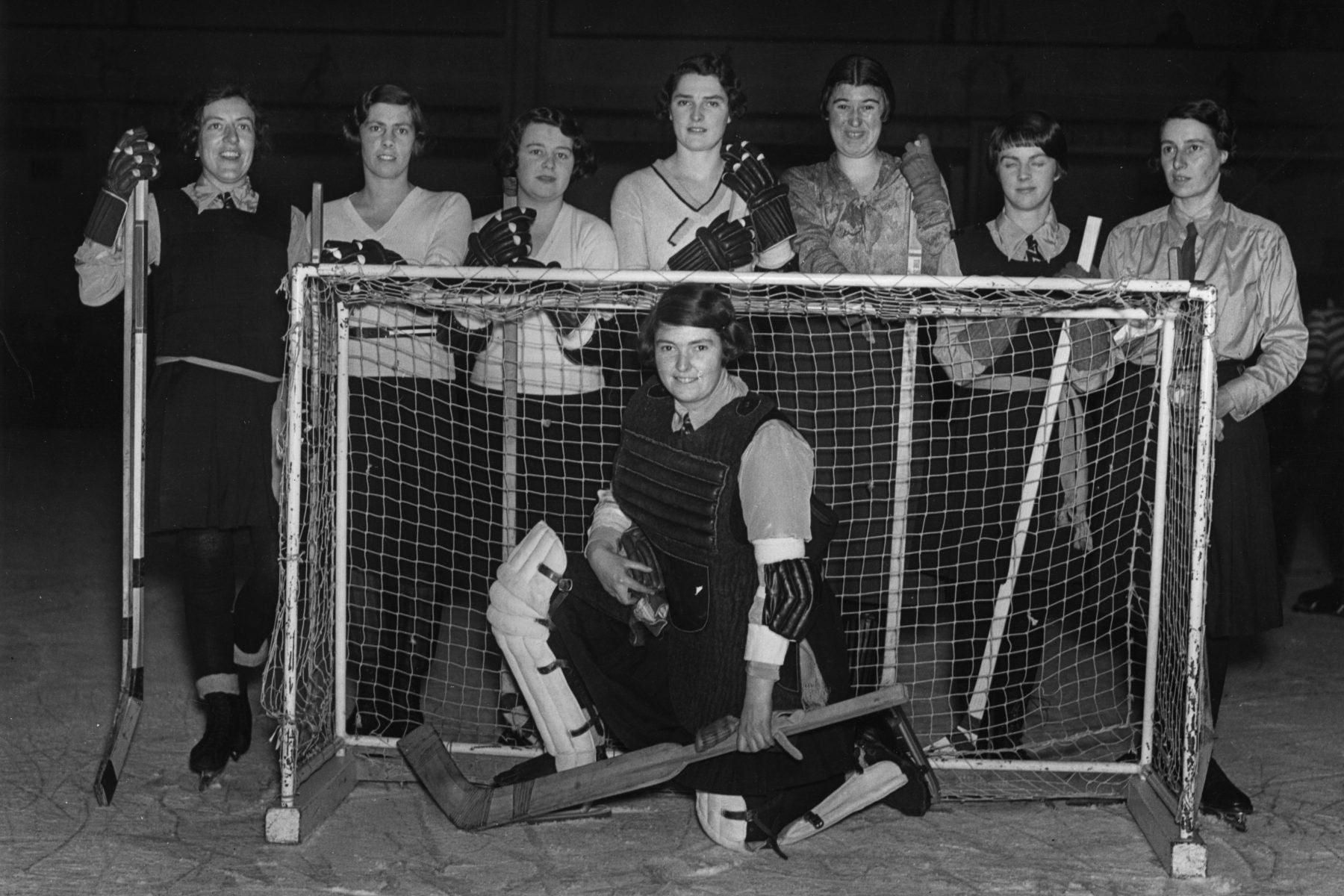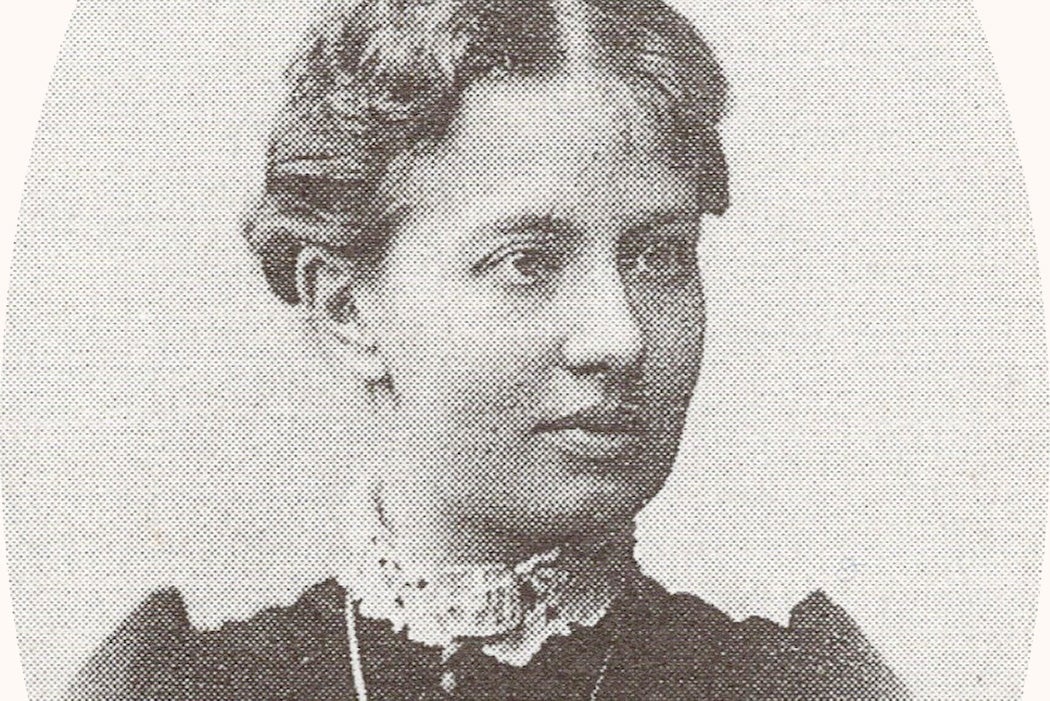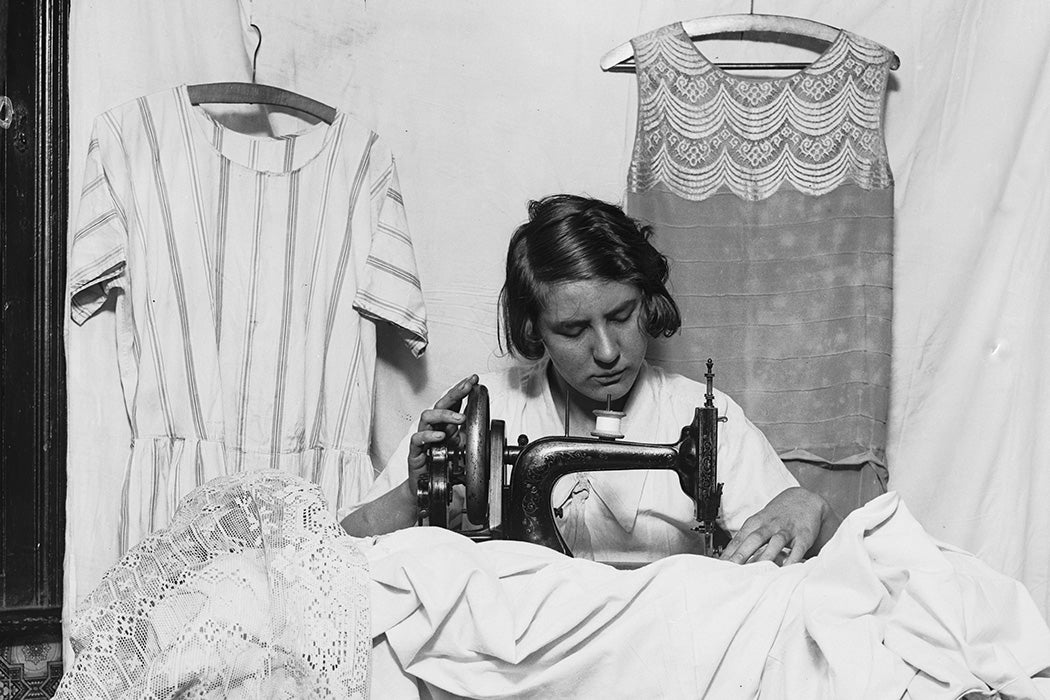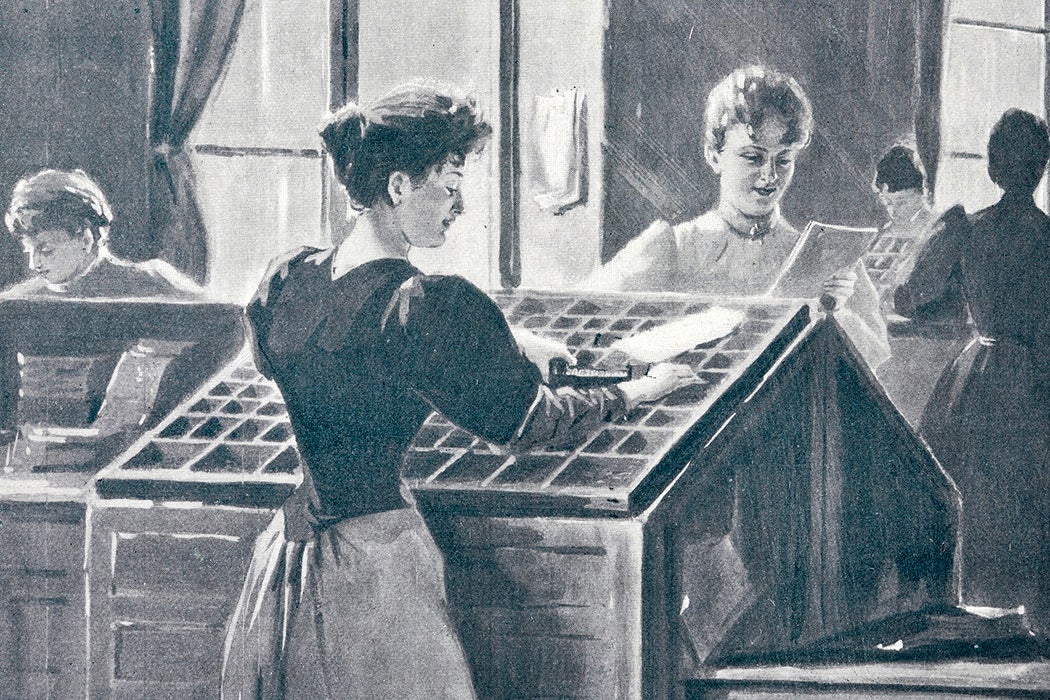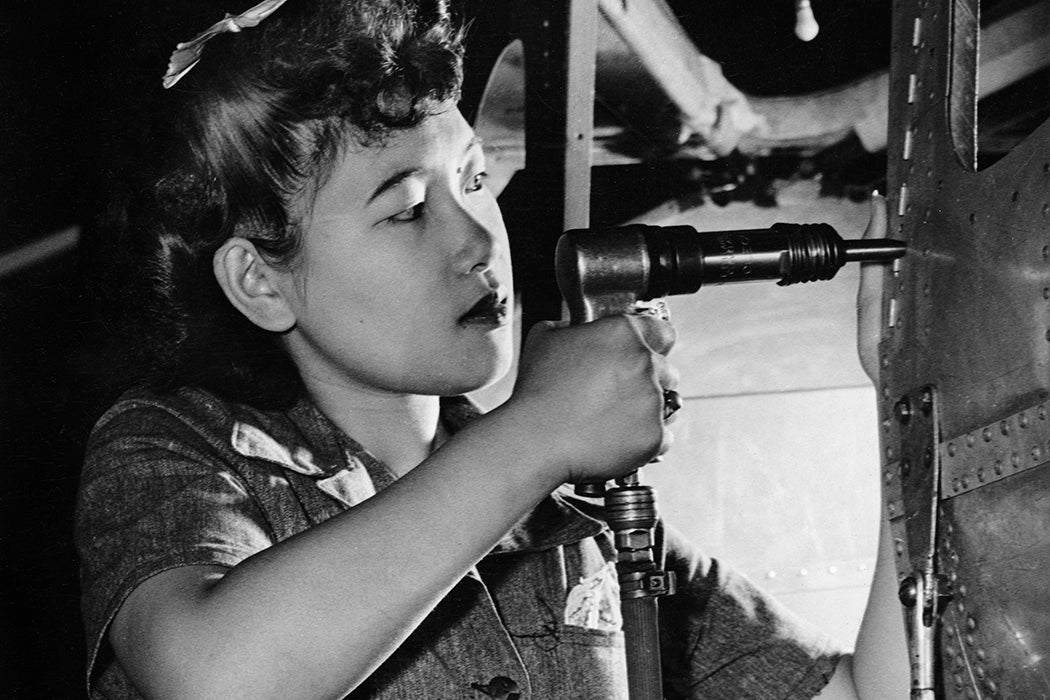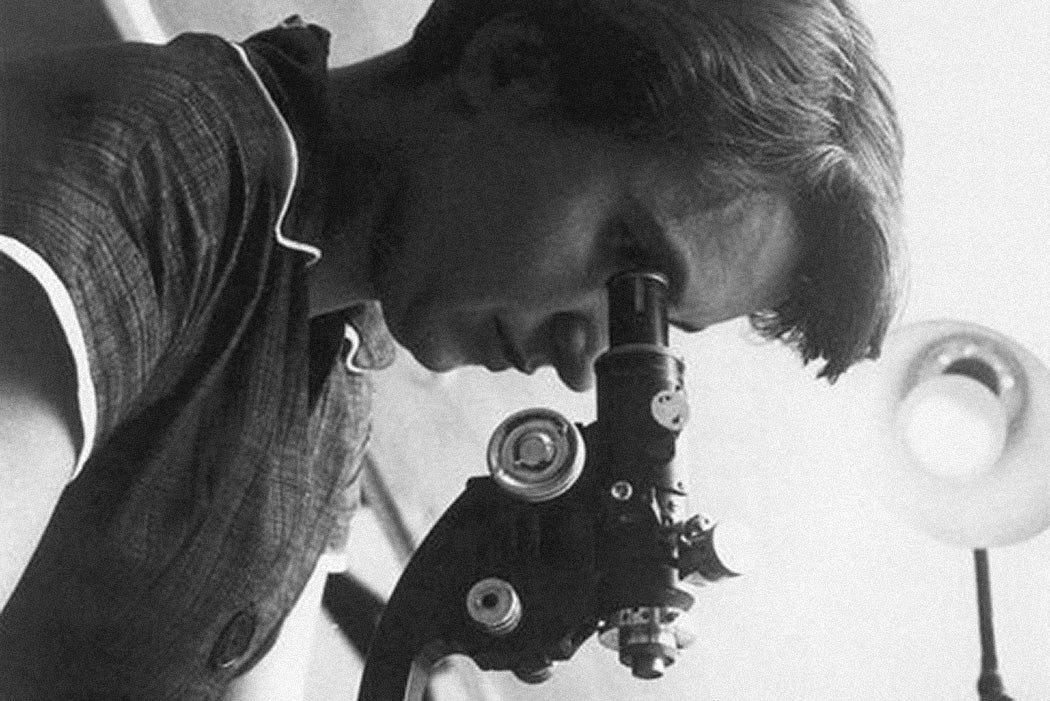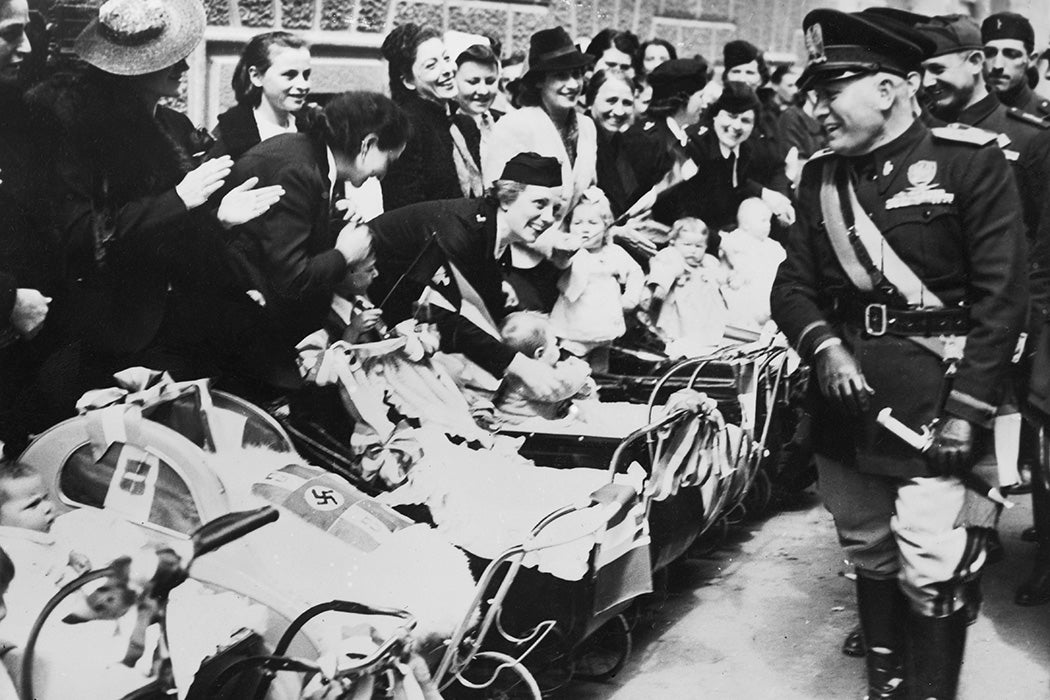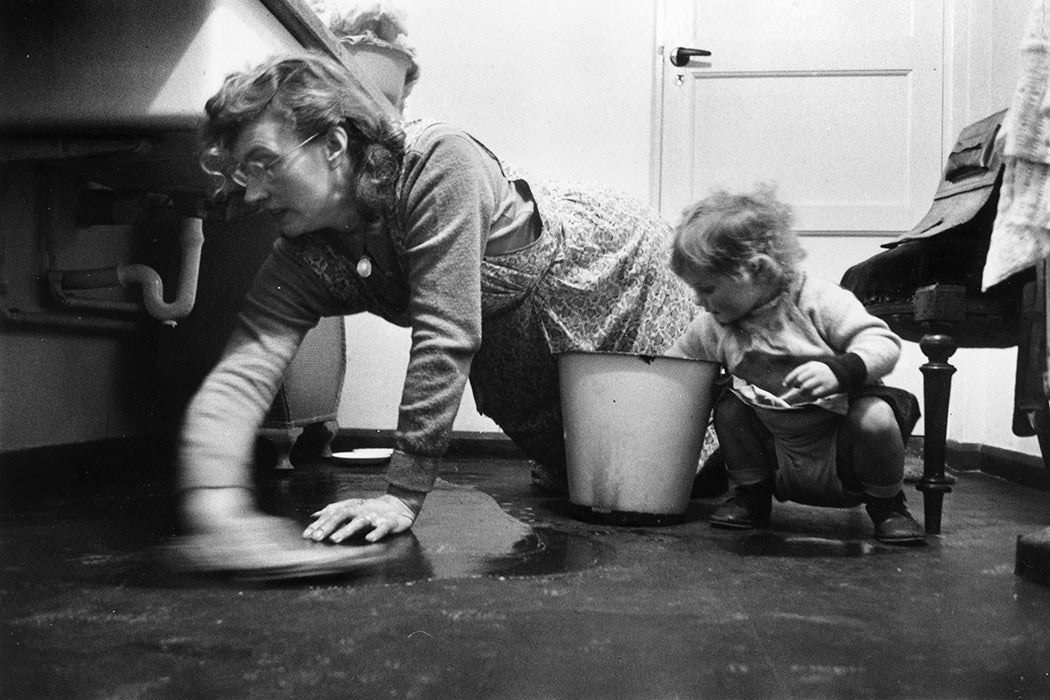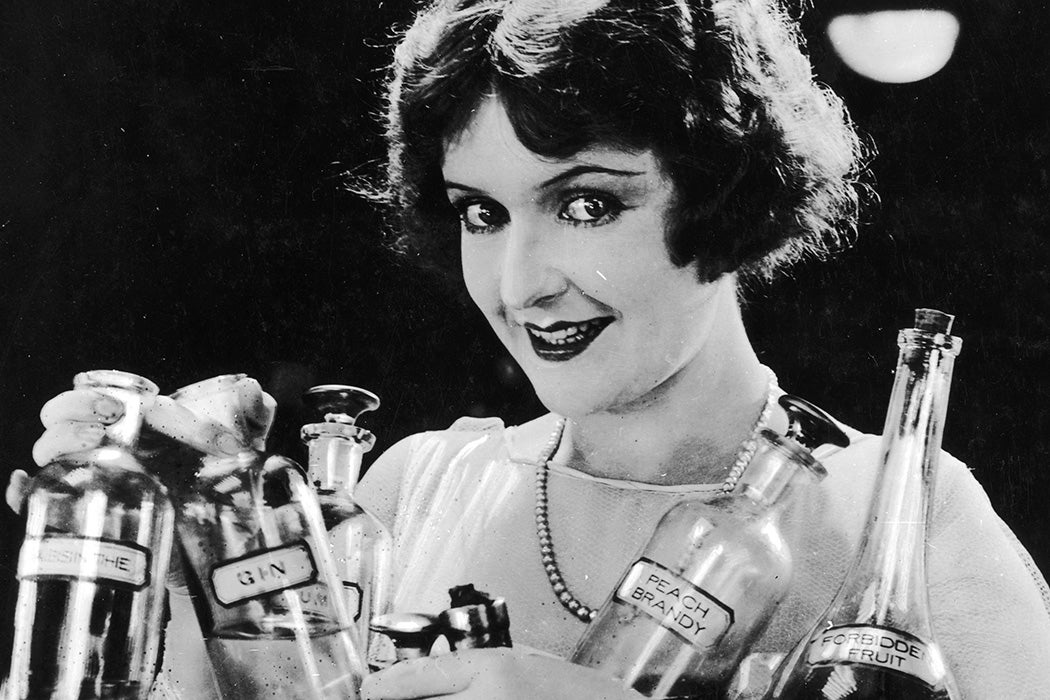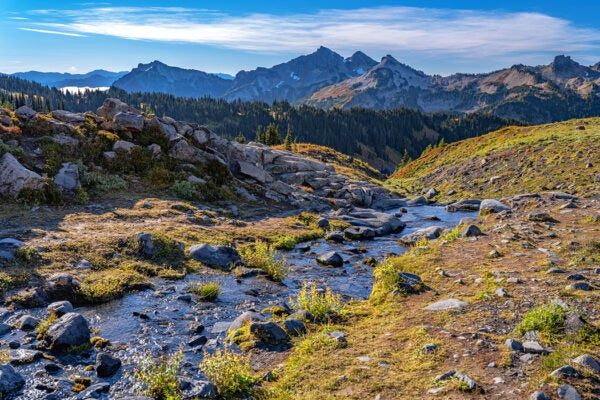The icon indicates free access to the linked research on JSTOR.
Celebrate Women’s History Month all March with JSTOR Daily. The month-long observance in the United States, the United Kingdom, and Australia recognizes the contributions of women around the world—and throughout history. We hope you’ll find the stories below, and the scholarship they include in full, a valuable resource for classroom or leisure reading. As always, the stories in this list are based on peer-reviewed research found on JSTOR. The links to those articles are marked with red Js; as always, the linked articles are free to access and download by all.


Writing the World
October 15, 2022
One of the sharpest female journalists of Britain’s Victorian era, Eastlake considered Jane Eyre an exercise in rudeness and vulgarity.
October 24, 2024
The woman who revolutionized the fantasy genre is finally getting her due.
October 2, 2022
Letters Written During a Short Residence in Sweden, Norway, and Denmark was arguably the most popular book ever written by Mary Wollstonecraft.
September 21, 2022
For pioneering journalist Bessie Beatty, women’s suffrage and the plight of labor were linked inextricably.
March 29, 2022
As women became the focus of advertising, newspapers began to broaden their offerings targeted to those areas of interest traditionally associated with them.
October 14, 2024
Zelda’s satirical review of F. Scott's second novel, The Beautiful and the Damned, revealed much more than her wit.
March 11, 2015
The origins of Women's History Month.
April 7, 2023
Lasselle’s 1850s novels were the first to examine the entanglements of society and politics—including lobbying—in Washington, DC.
February 21, 2021
Barriers of racism and sexism slowed them down, but academia wasn't their only venue.
April 4, 2019
Meet the original Bluestockings, a group of women intellectuals. Their name would eventually become a misogynist epithet -- but it didn't start that way.
December 15, 2018
Jarena Lee was the first female preacher in the African Methodist Episcopal Church. In 1836, she published her autobiography.
March 5, 2019
Despite the twelve volume herbarium she created, this seventeenth-century scientist earned little recognition.
December 11, 2019
In the context of Russia's patriarchal autocracy, its intelligentsia was surprisingly feminist, as Vera Podorovskaya's life illustrates.
June 28, 2019
How a 17th-century nun wrote poetry, dramas, and comedies that took on the inequities and double standards women faced in society.
December 13, 2020
She started off as a "stunt" journalist and moved into covering stories about women and crime in the Roaring Twenties.
July 27, 2020
Fictional detectives usually reflect conservative values. But the first "lady detective" story written by a woman broke boundaries.
Famous (and Infamous)
November 21, 2023
One of the first Native American women aviators, Riddle leaned into stereotypes to earn a name for herself in the male-dominated world of American aviation.
January 20, 2023
Cradock was one of Britain's first celebrity chefs, but in what her viewers called “the Gwen Troake Incident,” she fell from her pedestal—hard.
June 17, 2024
One of the first female investigative reporters, Nellie Bly shone a light on the plight of American women by facing the world head on.
May 10, 2023
The disappeared—but recently rediscovered—folk musician edited and published in academic journals under the name Elizabeth Converse.
January 3, 2023
Morgan, the first licensed woman architect in California, helped bring parity to the built environment, the community, and the profession.
March 26, 2022
The two-time Nobel winner helped preserve her native Polish language, and undertook her education, at a time when these acts were potentially treasonous.
February 23, 2021
The colorful career of a woman who ran a gambling ring, fought police corruption, and challenged white mobsters.
December 12, 2023
Recognizing Scott Brown’s work is necessary for understanding American architecture in the second half of the twentieth century.
March 9, 2024
“Chicago May” was a classic swindler who conned her way around the world in the early twentieth century. She was also a sign of hard times.
March 6, 2019
A suffragist searching for a heroine found Sacagawea and lifted her out of historical obscurity.
July 13, 2017
Learn more about Cheng I Sao, a female pirate who dominated the coast of the Kwangtung Province between 1795-1810.
March 7, 2023
An unconventional architect who started her career as an outsider, Hadid became a leading figure in architecture and design in the twenty-first century.
October 8, 2019
Ada Lovelace wrote extensive notes on the world’s first computer. Her innovations foreshadowed those used in twentieth-century PCs.
July 11, 2023
A founding member of the Prairie School, Mahony defined the movement’s now-familiar aesthetic for a global audience.
March 1, 2019
La Malinche was a key figure in the conquest of the Aztecs. But was she a heroine or a traitor? It depends on whom you ask.
January 13, 2020
Flapperismo was no more appreciated by Hispanic guardians of traditional femininity than it was by Anglo-American ones.
April 3, 2015
The mysterious story of Olive Oatman who returned after years of captivity with the Mojave.
May 27, 2021
And then, snip by snip, she was cut out of the frame of Renaissance art history.
May 12, 2017
“What is femininity anyway?” Jenner writes in her new book, The Secrets of My Life. Perhaps the famous trans woman Christine Jorgensen knew.
Political Figures
February 8, 2023
An activist and and educator, Lewis created myriad cultural, educational, and social programs to build community and connections for Boston’s Black residents.
December 7, 2022
American leftists were hamstrung by the Cold War’s domestic clampdown on communism, but in the 1960s, Women Strike for Peace re-wrote the book of dissent.
October 4, 2022
In the precolonial Igbo states of West Africa, power was often wielded by male chiefs or elders, but women had their own forms of authority as well.
March 3, 2019
Museum exhibitions of Frida Kahlo's work tend to focus on her personal style and persona. But Kahlo was intensely political, as were her paintings.
September 8, 2020
Black women’s experiences in the suffrage movement show that the Nineteenth Amendment marked one event in the fight for the vote, not an endpoint.
July 6, 2023
The fight for women’s suffrage is often depicted as pitting women against men. But some women made it their life’s mission to campaign against it.
February 23, 2020
The radical environmentalist had a background in labor organizing and wanted to end the misogyny of the movement and the logging industry alike.
February 21, 2019
When Silent Spring was published, the response was overtly gendered. Rachel Carson's critics depicted her as hysterical, mystical, and witchy.
January 11, 2016
While alive, Emma Goldman was considered an enemy of the state. In death, she became a celebrated American icon.
August 25, 2017
African women, always a minority in the slave trade, often had to find their own ways of rebellion against slavery if they could.
March 27, 2019
The Chipko activists of 1970s and ‘80s India saved their forests by calling attention to the deep interdependence between humans and the natural world.
March 8, 2019
Why is International Women's Day on March 8th? The answer is much more complicated than you might think.
September 27, 2021
In Latin America and the Caribbean, women's groups have acted to oppose military dictatorships. In fiction, their roles are rarely that of protagonist.
Out from the Shadows
November 18, 2024
As her extensive body of work shows, Ulmann felt the loss of an imagined simpler time and tried to preserve it with her camera.
September 1, 2023
The sisters were not only a singing duo, they were successful businesswomen and advocates for Black-owned enterprises in the entertainment world.
May 9, 2023
Reveal Digital's American Prison Newspapers Collection offers first-person perspectives about what matters to women in prison, from pregnancy to recovery.
August 24, 2022
Strongwoman Charmion used Thomas Edison’s experiments with moving pictures to encourage women to embrace strength and physical activity.
April 25, 2022
Records from a cancelled exhibition reveal the challenges faced by Black feminist artists and curators in the 1970s.
January 25, 2023
Public discourse on the bearded lady, a staple of circus sideshow, revealed the racial biases underpinning Darwinian theory.
June 30, 2024
Through the work and writing of Matilda Tone, her late husband, Theobold Wolfe Tone, was constructed as the hero of Irish republicanism.
April 1, 2019
In the 1930s, experimental psychologist Agnes Landis interviewed women who identified as "tomboys."
July 15, 2024
Although their contributions have been largely forgotten, women played an active role in Washington DC’s air defense system during World War II.
December 19, 2019
“Conventional wisdom tells us that the gold rush was a male undertaking,” writes the historian Glenda Riley. But women were there, too.
May 4, 2020
They worked over sixty hours a week but were also insatiable readers.
July 22, 2024
In the Meiji period, geisha embraced the nation’s modernizing project, helping to improve education for women and promoting a western-style domestic ideal.
March 6, 2019
Nearly all American tea rooms were owned by women. They often opened up rooms in their homes or set up tables in their gardens.
May 27, 2024
Once a powerful voice in the Black press, Coleman all but disappeared from the literary landscape of the American Midwest after her death in 1948.
February 25, 2021
In late imperial China, it was a devotional art using hairs plucked from devotees' own heads.
August 1, 2019
Between 1950 and 1965, steamy novels about lesbian relationships, marketed to men, inadvertently offered closeted women much-needed representation.
March 12, 2024
Without formal training as an architect, Gray created magnificent designs that sensitively blended traditional craft with a modern aesthetic.
August 7, 2018
In the late 19th century, more women were becoming librarians. Experts like Melvil Dewey predicted they would suffer ill health, strain, and breakdowns.
October 4, 2019
In nineteenth century America, young women took to studying botany—a conjoining of interest, social acceptance, and readily available schooling.
January 2, 2020
Ice hockey came to the U.S. from Canada at the end of the nineteenth century. Women started playing immediately, forming their own clubs.
Women at Work
December 24, 2024
Sofia Kovalevskaia became the first woman in Europe to obtain her doctorate in mathematics—but only after leaving Russia for Germany.
January 12, 2023
The creation of bespoke clothing offered women a way to escape traditional middle-class expectations and gain unprecedented power, until men took over.
January 9, 2023
The Boston Typesetting Races of 1886 demonstrated the speed of women compositors, helping to lower the barriers to workplace equity for female “swifts.”
November 9, 2024
Despite having their citizenship withheld before the war, Chinese American women in the Bay Area made significant contributions to the wartime labor force.
December 17, 2022
In 1868 a group of female samurai took part in the fierce Battle of Aizu for the very soul of Japan.
July 25, 2024
Franklin’s strategy for analyzing images of DNA molecules forces us to reconsider our definition of “scientific discovery,” argues Michelle G. Gibbons.
May 1, 2024
A symbol of resilience and resourcefulness, Lewis remains one of Canada’s best-loved and most-celebrated folk artists.
February 9, 2024
In 1924, sociologist and social reformer Caroline Bartlett Crane designed an award-winning tiny home in Kalamazoo, Michigan.
March 30, 2022
Pullman resisted hiring women and did his best to keep attention away from the company’s female employees.
April 1, 2022
In fascist Italy, childbirth, breastfeeding and motherhood were given a hybrid structure of industrial management and eugenicist biological essentialism.
March 23, 2022
In the 1970s, NOW began to ask hard questions about the women who were no longer "homemakers", displaced from the only role they were thought to need.
April 20, 2023
Prohibition—and its newly created underground economy—changed the way women lived, worked, and socialized.
Editor’s Note: This list was last updated on March 3, 2025.



